 Abraham Lincoln
If given the truth, the people can be depended upon to meet any national crisis...
Abraham Lincoln
If given the truth, the people can be depended upon to meet any national crisis...
 Guildford news...
for Guildford people, brought to you by Guildford reporters - Guildford's own news service
Guildford news...
for Guildford people, brought to you by Guildford reporters - Guildford's own news service
Birdwatcher’s Diary No.216
Published on: 21 Sep, 2020
Updated on: 21 Sep, 2020
By Malcolm Fincham
Notable signs of summer waning were continuing to display as we approached the first day of meteorological autumn. (Always September 1).
This year’s late summer bank holiday falling on August 31, allowed me one last opportunity of an end-of-season venture to visit Farlington Marshes near Portsmouth in the hope of viewing some of our avian species now returning from their northerly breeding grounds. Some of which resting for just a day or to before continuing their journey to Africa.
The strong winds of the previous days had dropped. A high tide on our arrival had made Langstone Harbour look as still as a millpond. Although sightings of seals was not uncommon there, our view of one not far from the harbour wall was a first there for me. It was an Atlantic grey bobbing its large head above the waterline.
On one of the few small islands that still protruded from the sea, a group of little egrets could be viewed. A larger group of oystercatchers were also present.
While watching, the little egrets took to the air, finally they made their minds up and settled out on the centre of the marsh.
A few distant sandwich terns could also be seen fishing in the harbour.
Looking out across the motionless water in the direction of North Binnes Island, once again, as at about this time last year, an osprey could be viewed perched in one of the dead trees.
It was a perfect place for it to rest, surrounded by water where it could spend its leisure time fishing.
Most of our interesting sightings, however, could be seen looking inland across marshes, as we walked along the seawall. With the assistance of Dougal’s “scope”, distance across the marsh seemed no object. I only wished the lens on my camera was as powerful.
Way across the field he had picked out a merlin, though too distant for my camera.
I fared slightly better when, soon after, he picked the larger peregrine that was perched on the fence posts, slightly closer to view.
It was of no surprise, with all the small waders now present, that other, more common birds of prey were present too. A sparrowhawk flew overhead, though just passing through.
And, as always, at least one of the resident kestrels could be viewed.
On the lagoon were a variety of waders that had already made their return to the south coast.
Some still in their summer plumage, as were a few of the grey plovers, still showing their shiny black bellies.
A good number of black-tailed godwits had already made a return, varying in their changing to winter plumage.
Still present, though soon to leave our shores, were a few passerines, including five or more whinchats that could be seen at various points within the reserve, perched up on fence posts.
A number of wheatears could also be seen both in the fields as well as along the seawall.
While although distant to view, among the cattle a few yellow wagtails could be observed.
Another bird soon to leave for Africa was a reed warbler.
Resident to the reserve, often heard, though rarely seen, the sound of several Cetti’s warblers could be detected as they sang, often from deep within a bramble bush.
Goldfinches had already begun to flock together in their “charms” feasting on the seed-heads of thistles.
Linnets in similar flocks of 25 or more were feeding on the last of the blackberry crops that hadn’t yet been consumed by the starlings there.
Starlings had increased greatly since my previous visit. Flying up in a murmuration, there well in excess of 400 birds.
Along the area at Farlington, known as “the stream” a variety of waders were on show.
A common sandpiper flew along the stream.
While two of kingfishers could be seen chasing each other back and forth already, seemingly, challenging each other staking their territory.
A welcomed addition to my sighting, this year, was a spotted redshank.
While several common redshanks were also present.
An addition of five or so greenshanks could also be added to the day’s tally.
The black-headed gulls’ dark heads were now receding to winter plumage.
Gulls are members of a large and widespread family of seabirds. Often known as seagulls. They sometimes get a bad reputation for stealing chips. But gulls are intelligent, adaptable and often beautiful birds.
However, they’re notoriously difficult to identify. Their plumage changes as they age and there’s a great deal of variation within species, with cthe hanging of summer and winter plumages. A good example of this could be seen on September 6 when the opportunity arose to visit Staines Reservoir, near Heathrow Airport.
Little gulls are best seen in the UK when on migration. And several had been reported, passing through on inland waters on their return from breeding grounds in northern Europe.
We first observed them as specks on the water, way across the north basin, in the direction of where the big tin birds were taking flight.
The little gull is a small, dainty gull. Adults in summer have black heads, while young birds have a black mark on each wing which forms a ‘W’ pattern. In flight adults show a pale grey upper-wing, with no black wing tips and a very dark grey underwing.
Fortunately, as we watched all four that were present took to the air in turn, affording some lovely views as they acrobatically flew around the basin catching insects, both in the air as well as on the water.
Allowing me to collect a series of photos as they did so.
Although most of the hundreds of hirundines reported passing through on migration in previous days had by then passed through, close in by the causeway, a black-necked grebe, now in moult from summer plumage, was also worthy of a photo.
In numerous places around Surrey at this time of the year ivy bees could be seen out in force, frantically foraging on the flowering ivy.
They were first recorded in the UK in 2001, and can now be found in much of Southern England. As suggested by their name, ivy is the main plant used by this bee for pollen.
They emerge when ivy is in flower, from early September to early November.
Ivy bees are entirely harmless – males do not have a sting at all, while females have tiny ones, similar to a weak nettle sting and are very disinclined to use them. There’s certainly nothing to fear of them, even when present in swarms.
Ivy bees nest in loose, light or sandy soil on southern-facing banks and cliffs with ivy nearby for foraging. They are solitary bees, but when conditions are suitable there may be thousands of nests in the same area.
While remaining dry and settled in southern regions of the UK as we approached the middle of the month, it was producing a bit of an Indian summer with temperatures on occasions in the 20s centigrade. It was a good opportunity to make hay while the sun continued to shine.
On September 13, in the company of Dougal and Bob, we headed for Brighton in East Sussex, in hope of sighting a number of long-tailed blue butterflies that had been recently sighted in an area there known as Whitehawk Hill.
The long-tailed blue is a scarce migrant to the UK. Although, like the ivy bees, it is claimed by many to be the product of global warming.
It was first recorded in the area between Brighton and Christchurch in Hampshire in August 1859. Although 30 or more sightings had been been recorded between then and 1939, the first major immigration was in 1945, when there were 38 sightings recorded.
However, the most noticeable influx has occurred in recent times. In 2013, long-tailed blues were seen at nine sites including, Devon, Hampshire, Sussex, Kent and Suffolk.
Mating pairs, with eggs and larvae also found, confirmed that the species had successfully bred. By September 8, 2013, the first of the offsprings emerged in Wiltshire and Kent. Sightings from other counties followed, with sightings continuing into October.
On the Continent this butterfly is considered a pest of pea crops, one of the larval food plants, where it can cause considerable damage. This butterfly is continuously brooded on the Continent but is unable to survive our winters. When visiting the UK it relies on the everlasting sweet pea crops, which are perennials.
Although the species is a rare migrant to the British Isles, it is one of the most widely distributed Lycaenids in the world. The butterfly gets its name from the wispy ‘tails’ on the trailing edge of each of its hindwings, which flutter in the breeze. Adjacent eye spots fool birds into thinking this is the head of the butterfly, allowing it to escape attacks unharmed.
A wander across the hillside there allowed me a few scenic views across the landscape both looking out to sea as well as a “buena vista” of Brighton itself.
It also gave me the chance of finding several wall browns, a butterfly no longer seen in Surrey.
And all in pristine condition giving me countenance to getting my best pictures of them to date!
Recent Articles
- Camberley’s House of Fraser To Be Left Mothballed
- HRA Report Shows Overspend and Possible Fraud Occurred Despite Many Warnings
- Letter: Those in Elected Office Should Refrain from Deliberately Misleading the Public
- Cup Run Ends After City Fade in Second Half
- Press Regulator Condemns Behaviour of News Group Newspapers
- MP Says Raw Sewage Flooding Gardens is ‘Absolutely Disgusting’ – ‘Thames Water Must Stop It’
- Opinion: We Should Restore Clandon House
- Letter: Report on Councils’ Collaboration Benefits Has Been Over-hyped
- Council Tenants Unhappy With the Way GBC Handles Their Complaints
- Police Operation Puts Drug Gang Members Behind Bars


Search in Site
Media Gallery
Dragon Interview: Local Artist Leaves Her Mark At One of England’s Most Historic Buildings
January 21, 2023 / No Comment / Read MoreDragon Interview: Lib Dem Planning Chair: ‘Current Policy Doesn’t Work for Local People’
January 19, 2023 / No Comment / Read MoreA3 Tunnel in Guildford ‘Necessary’ for New Homes, Says Guildford’s MP
January 10, 2023 / No Comment / Read More‘Madness’ for London Road Scheme to Go Ahead Against ‘Huge Opposition’, Says SCC Leader
January 6, 2023 / No Comment / Read MoreCouncillor’s Son Starts Campaign for More Consultation on North Street Plan
December 30, 2022 / No Comment / Read MoreCounty Council Climbs Down Over London Road Works – Further ‘Engagement’ Period Announced
December 14, 2022 / No Comment / Read MoreDragon Interview: GBC Reaction to the Government’s Expected Decision to Relax Housing Targets
December 7, 2022 / No Comment / Read MoreHow Can Our Town Centre Businesses Recover? Watch the Shop Front Debate
May 18, 2020 / No Comment / Read More



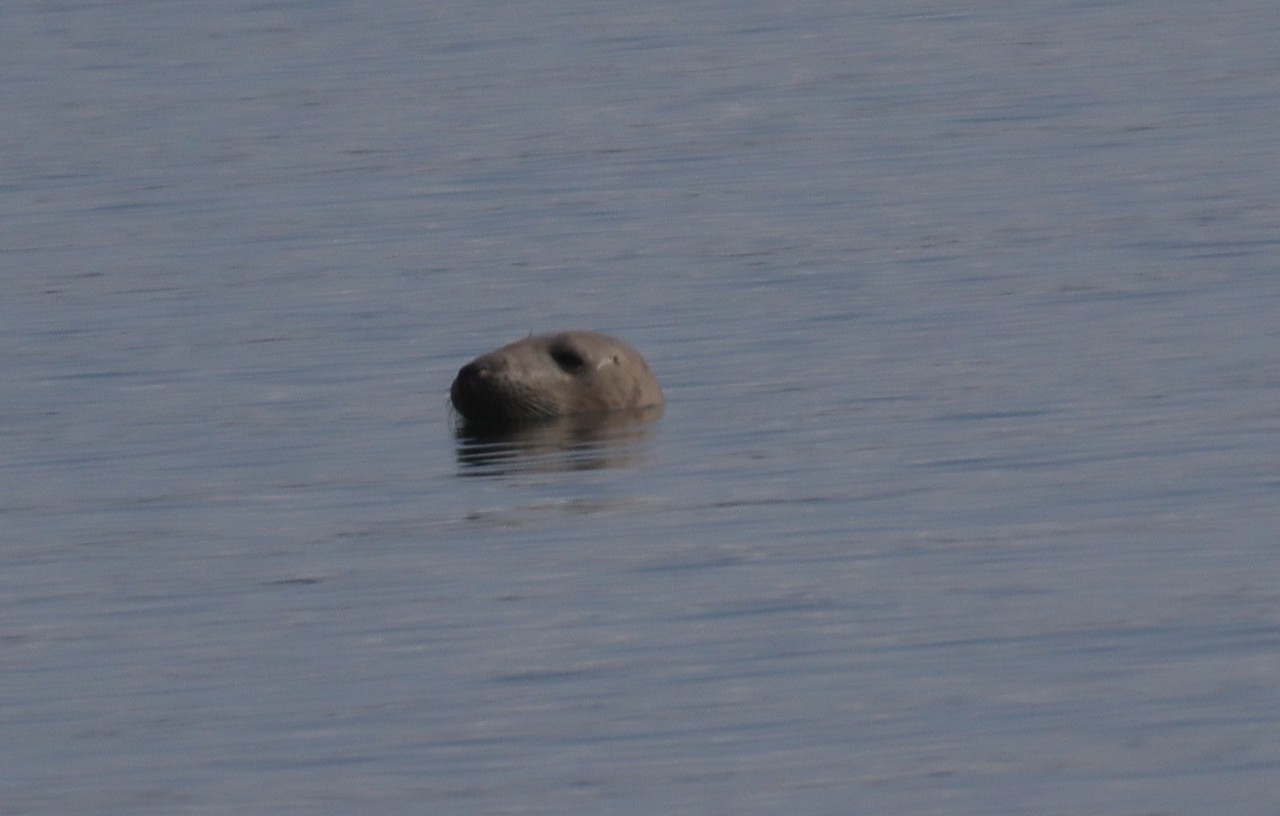
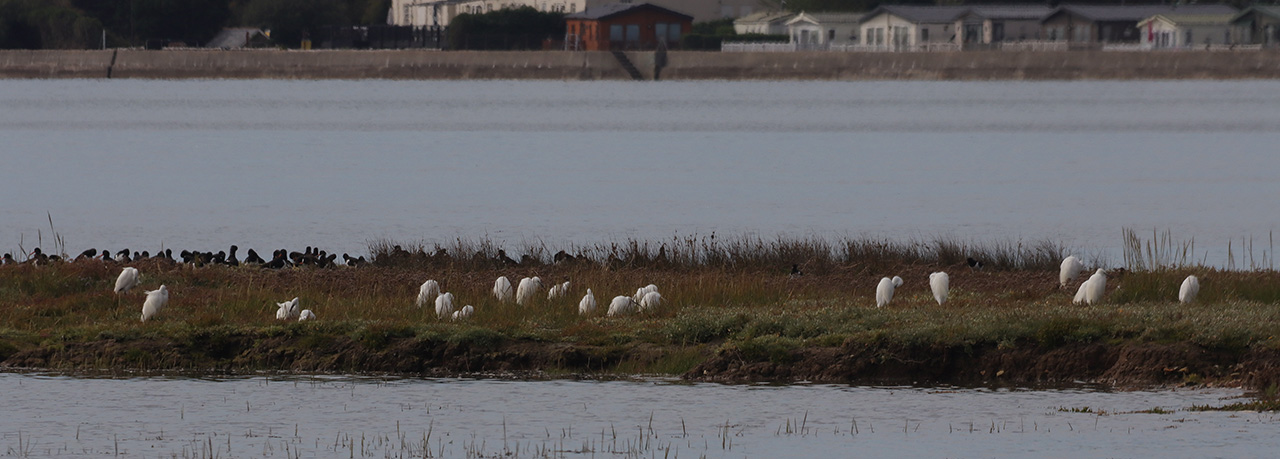

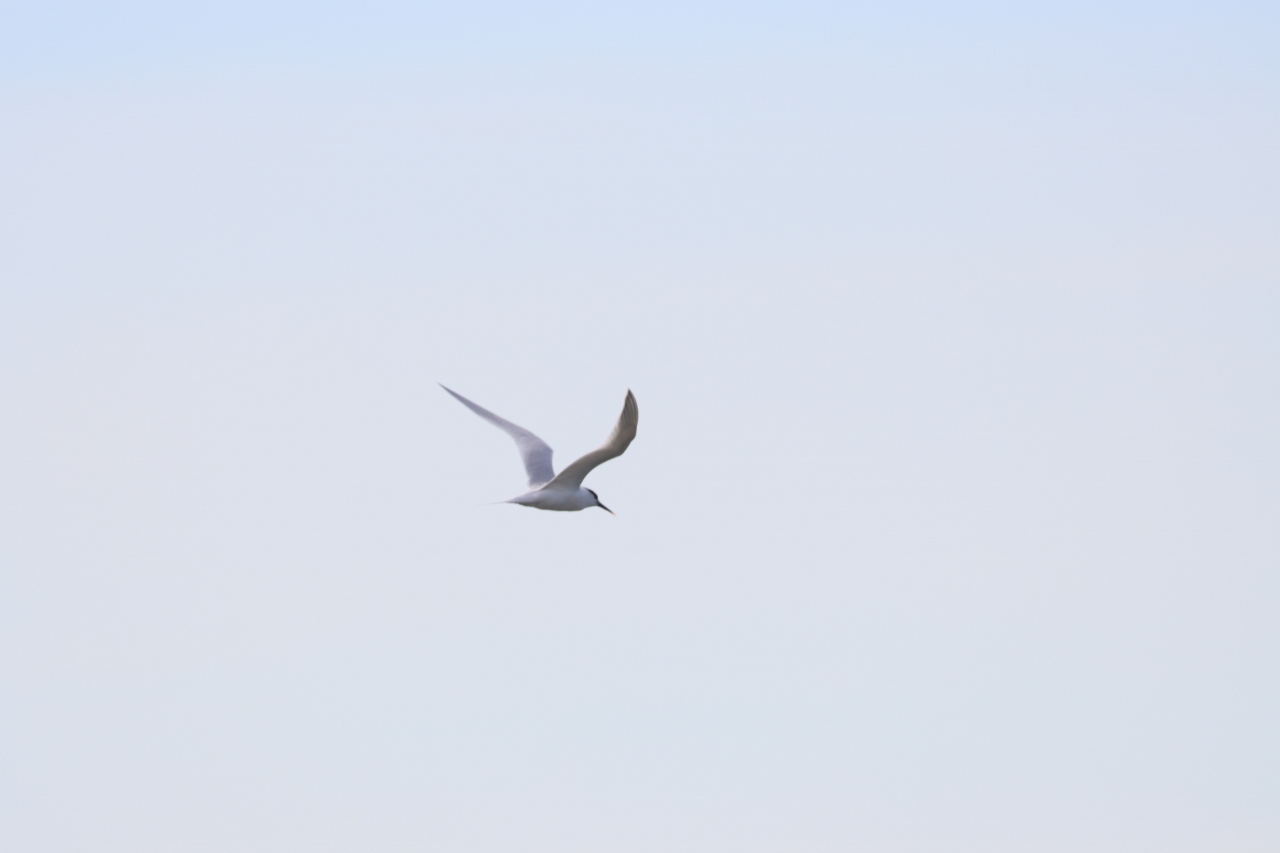
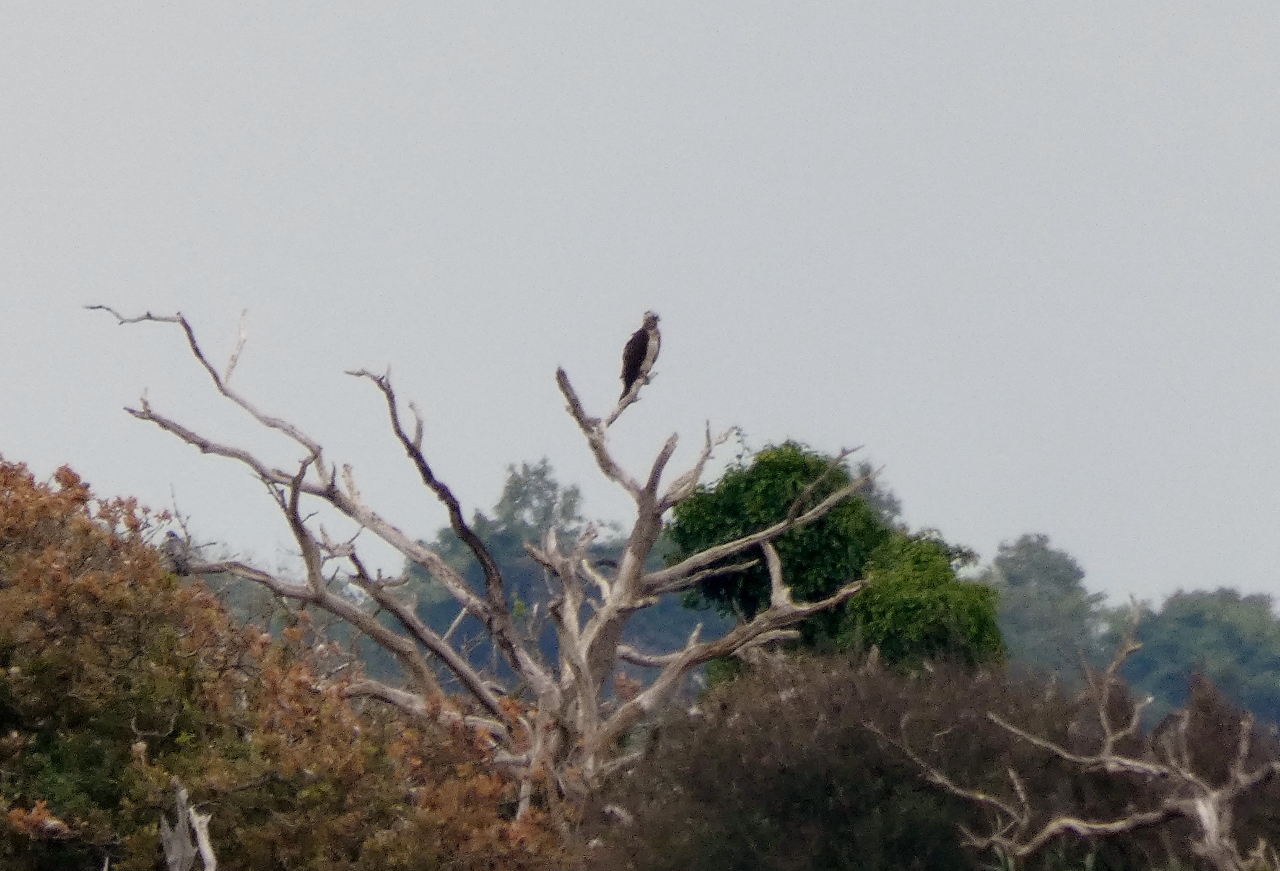
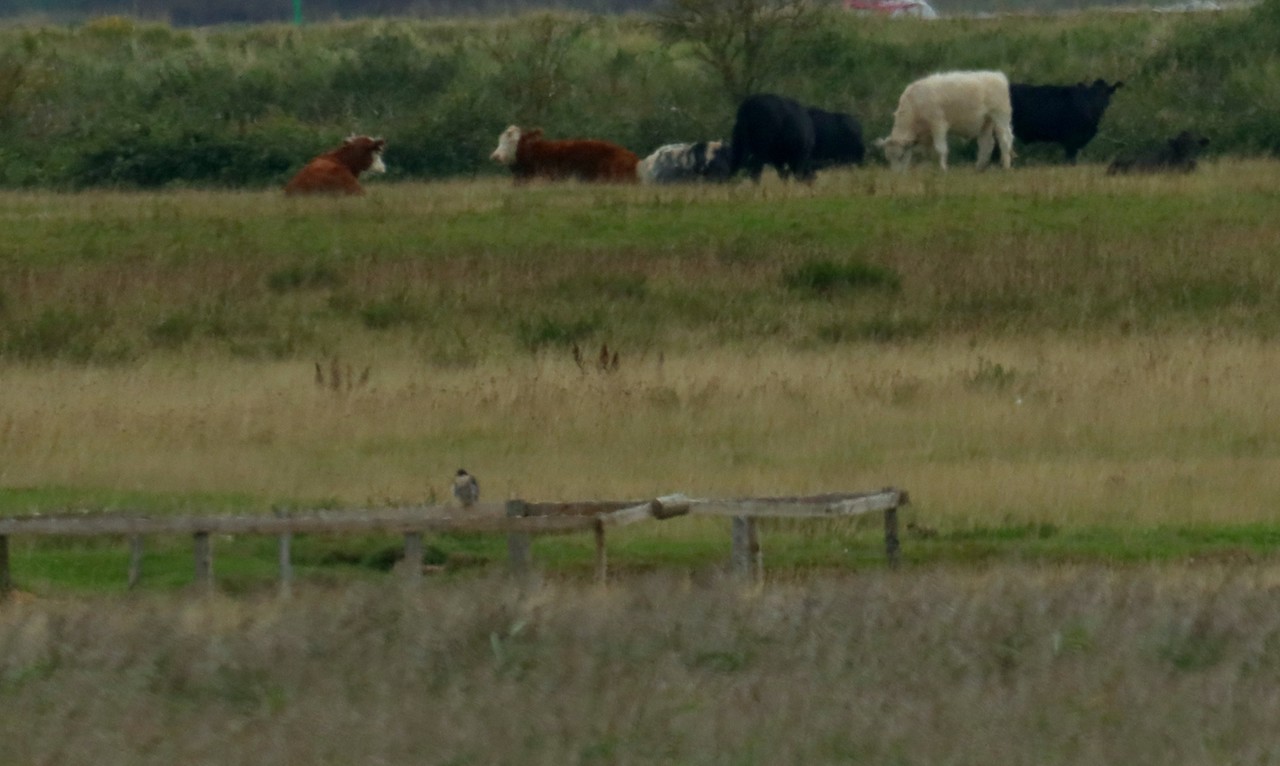
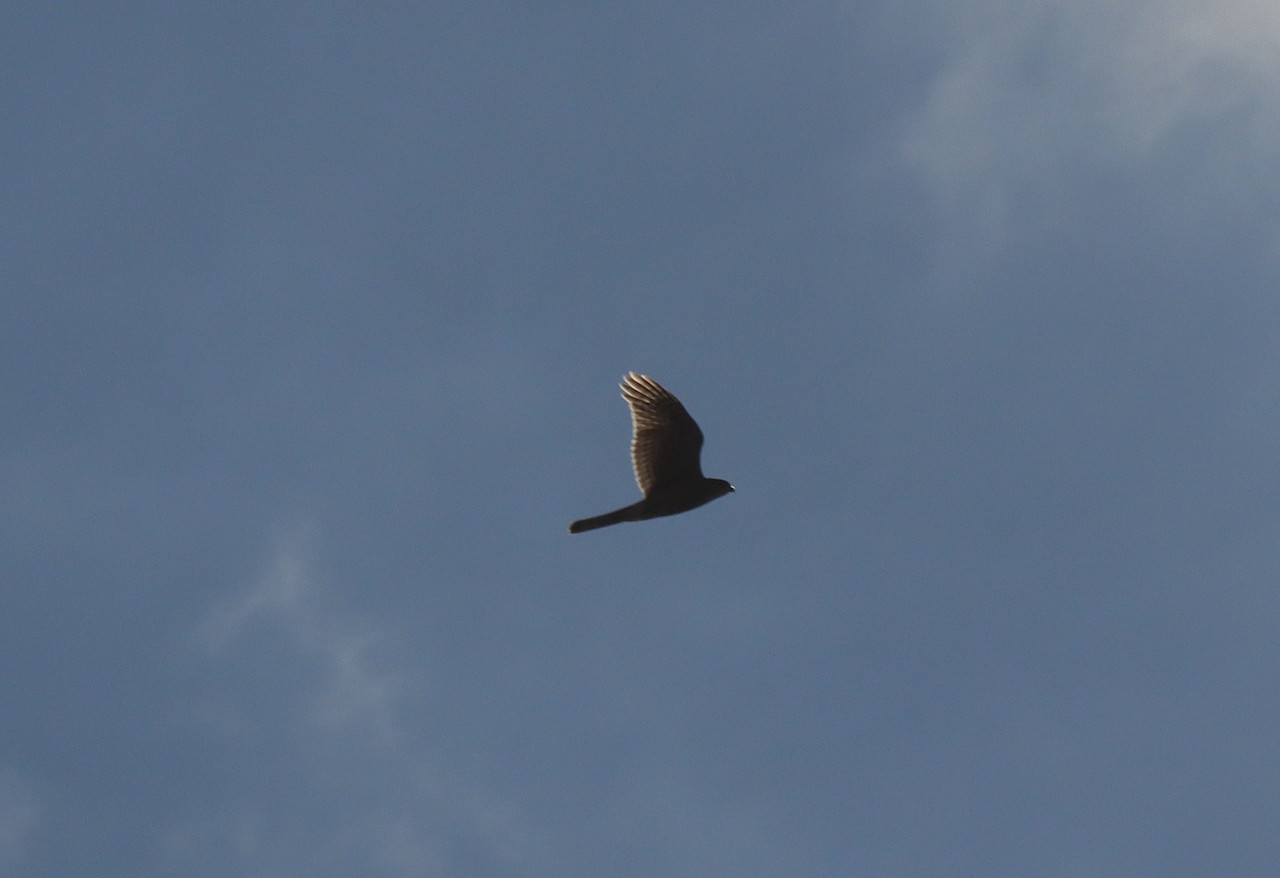
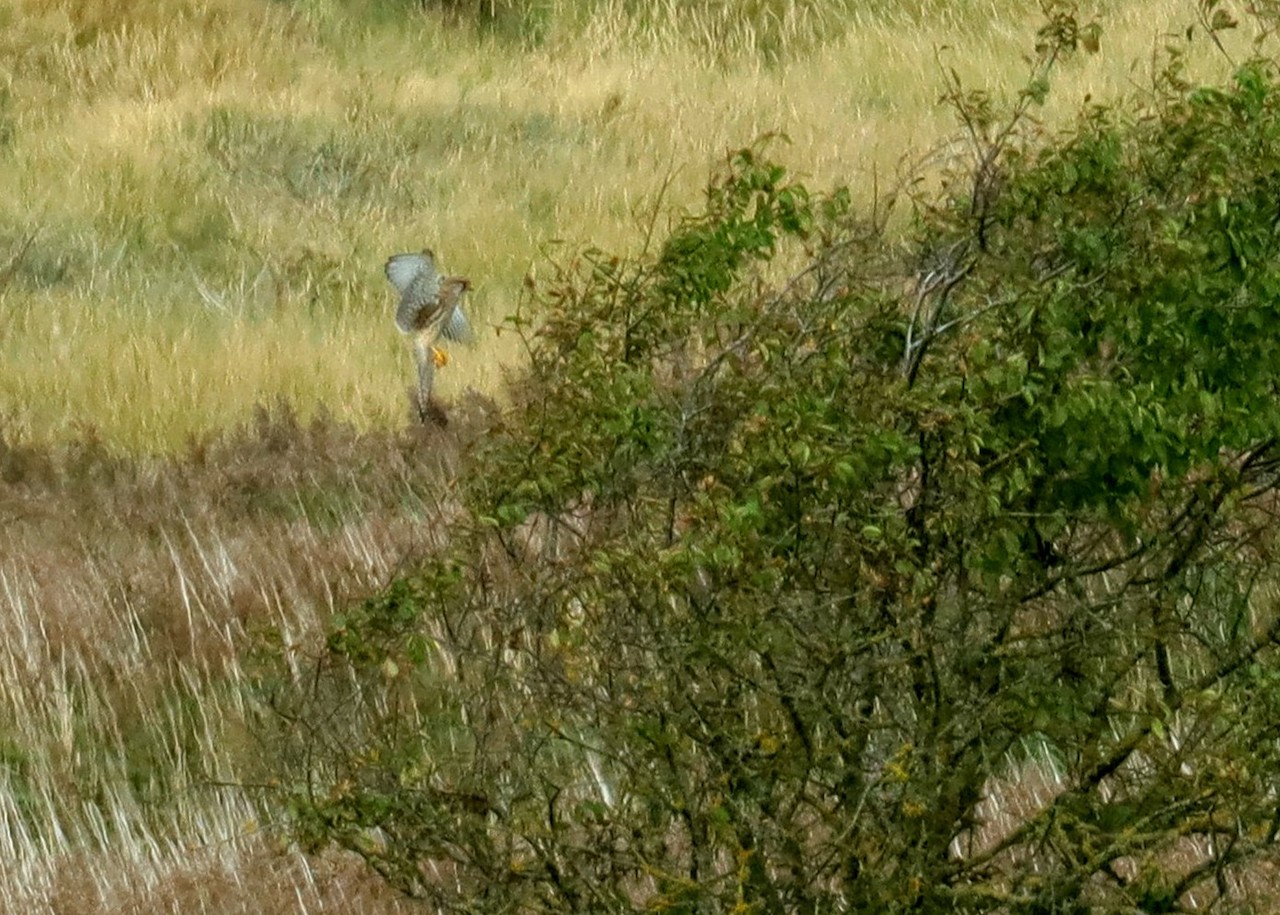
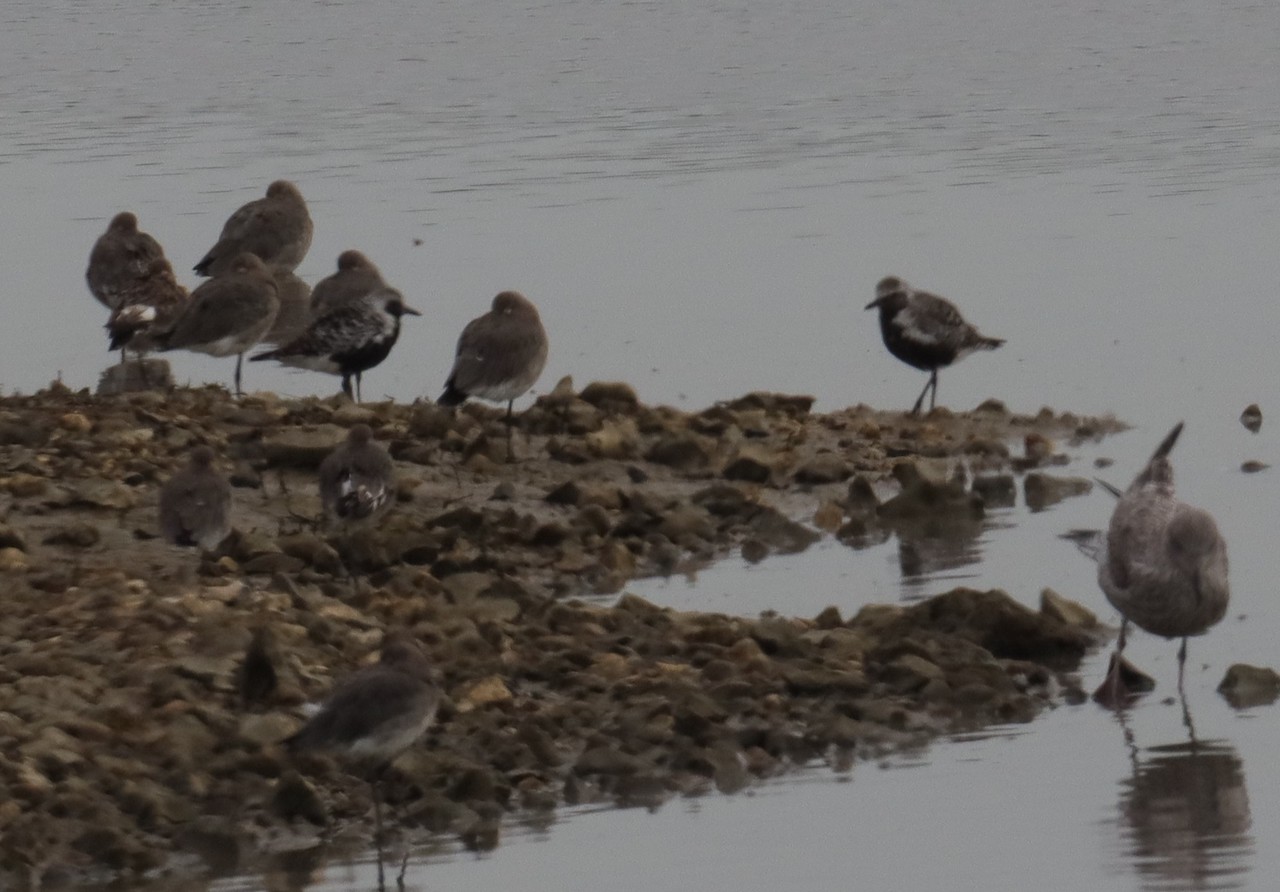
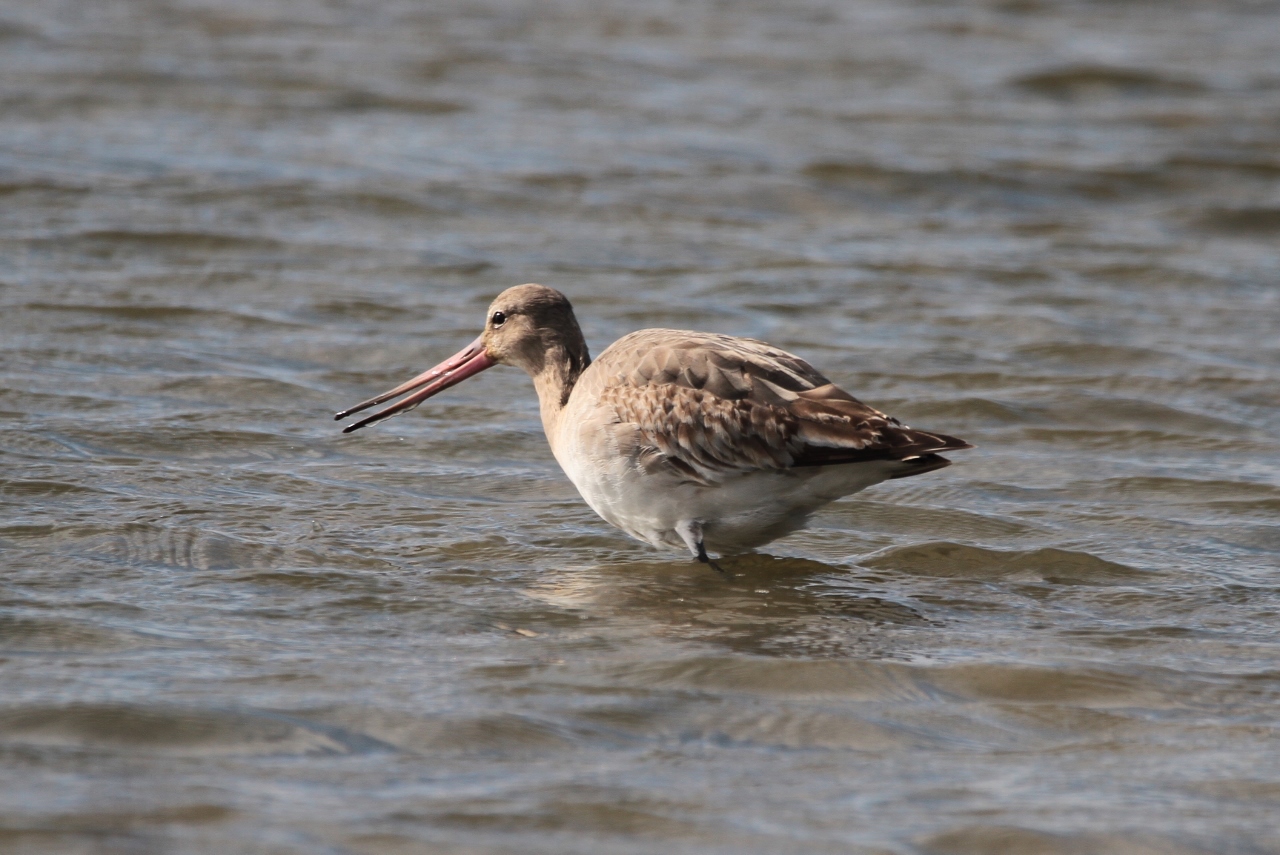
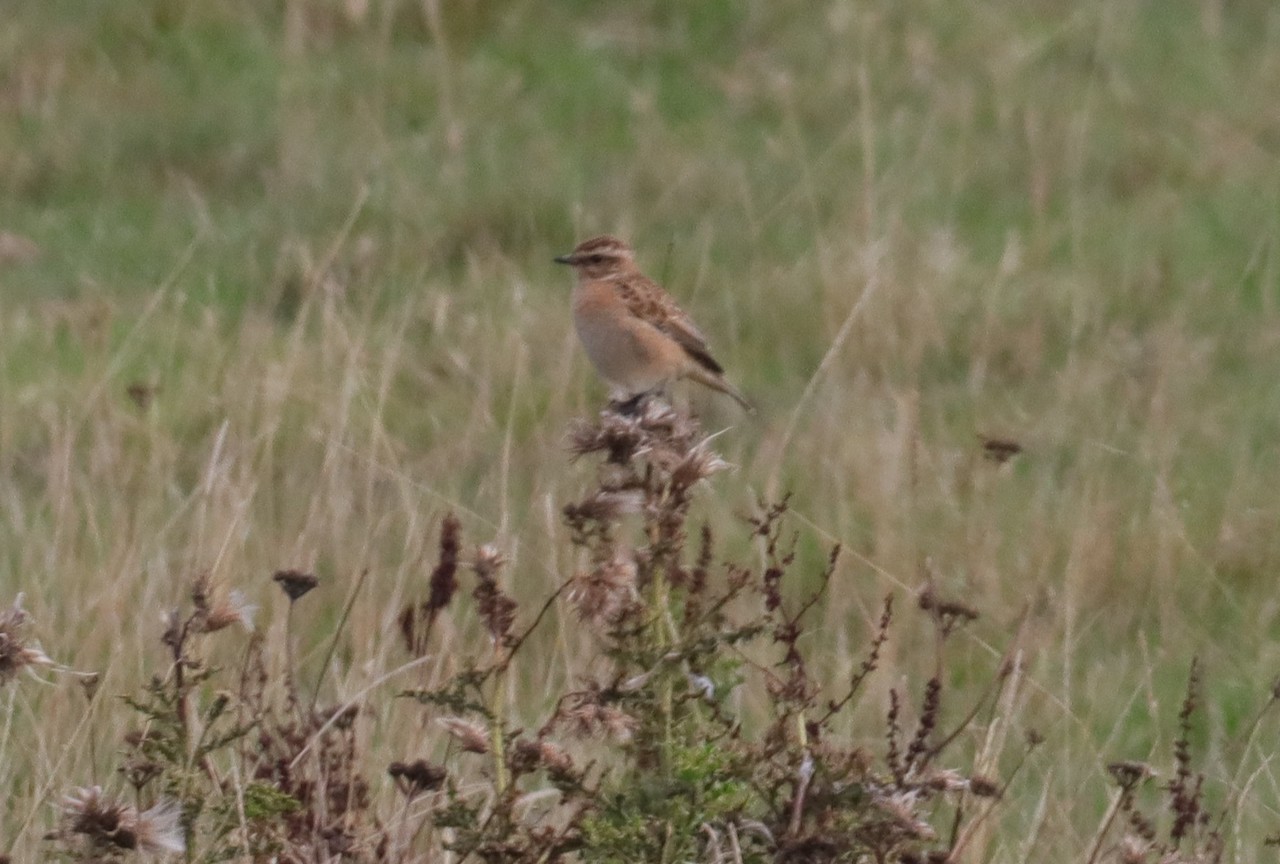
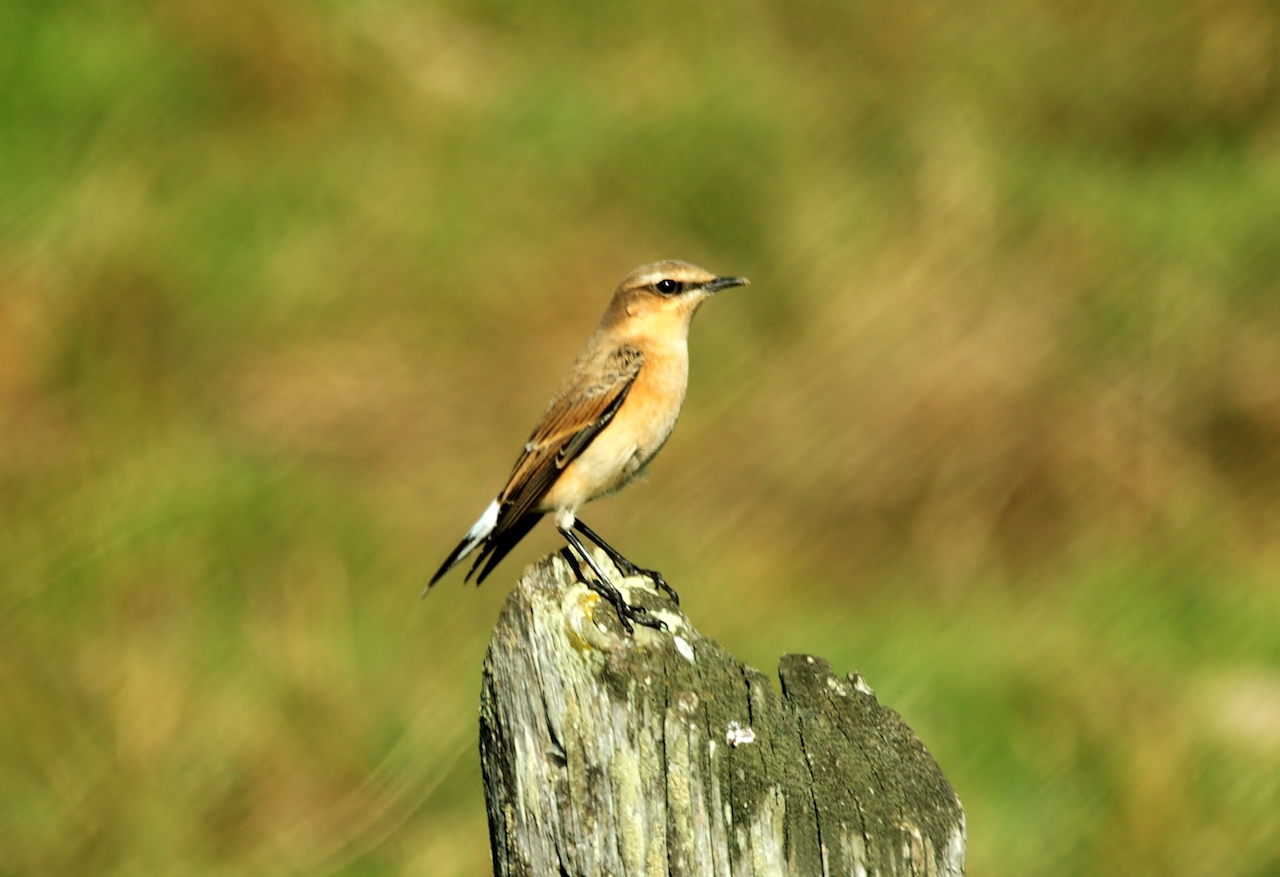

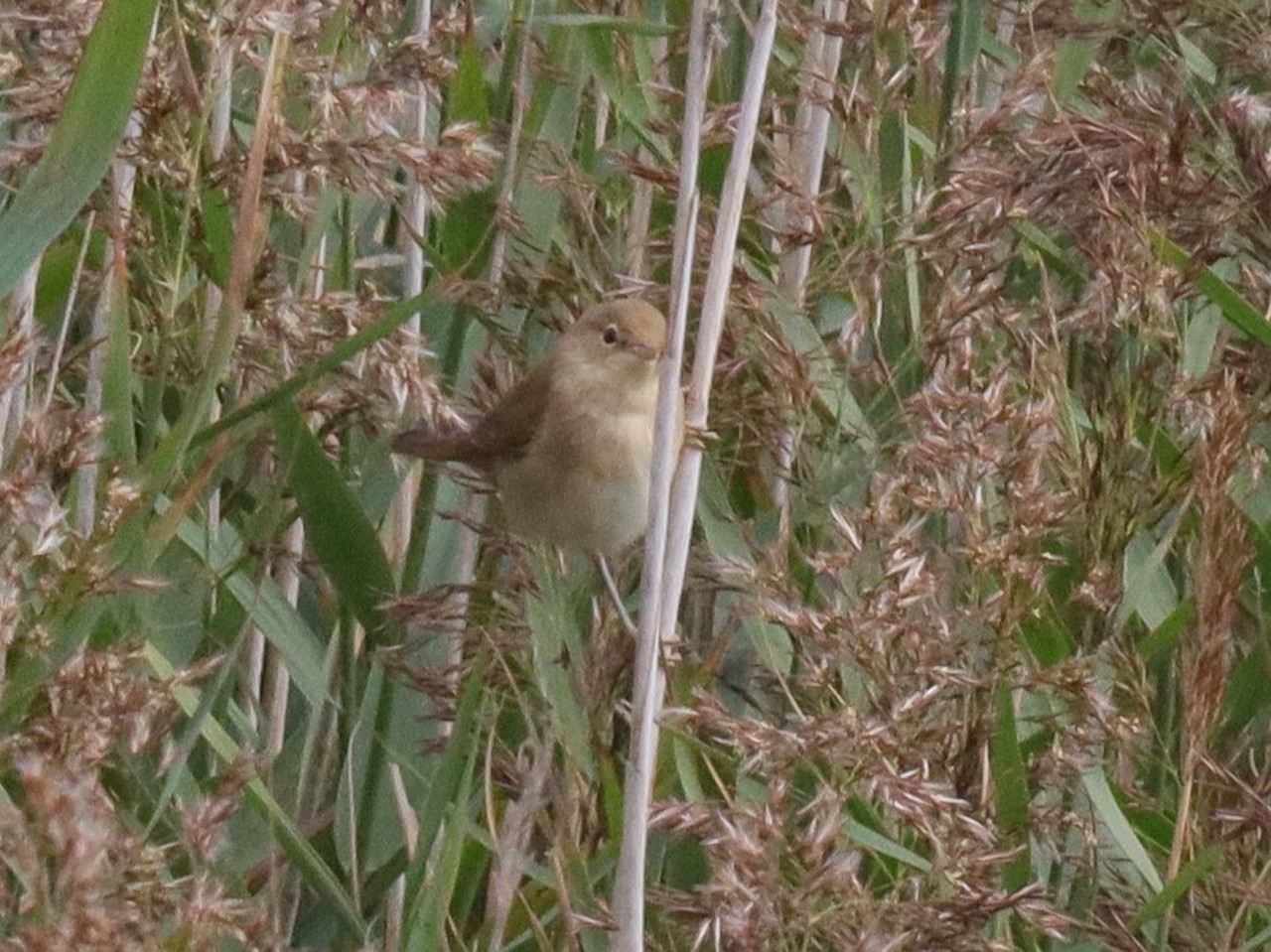

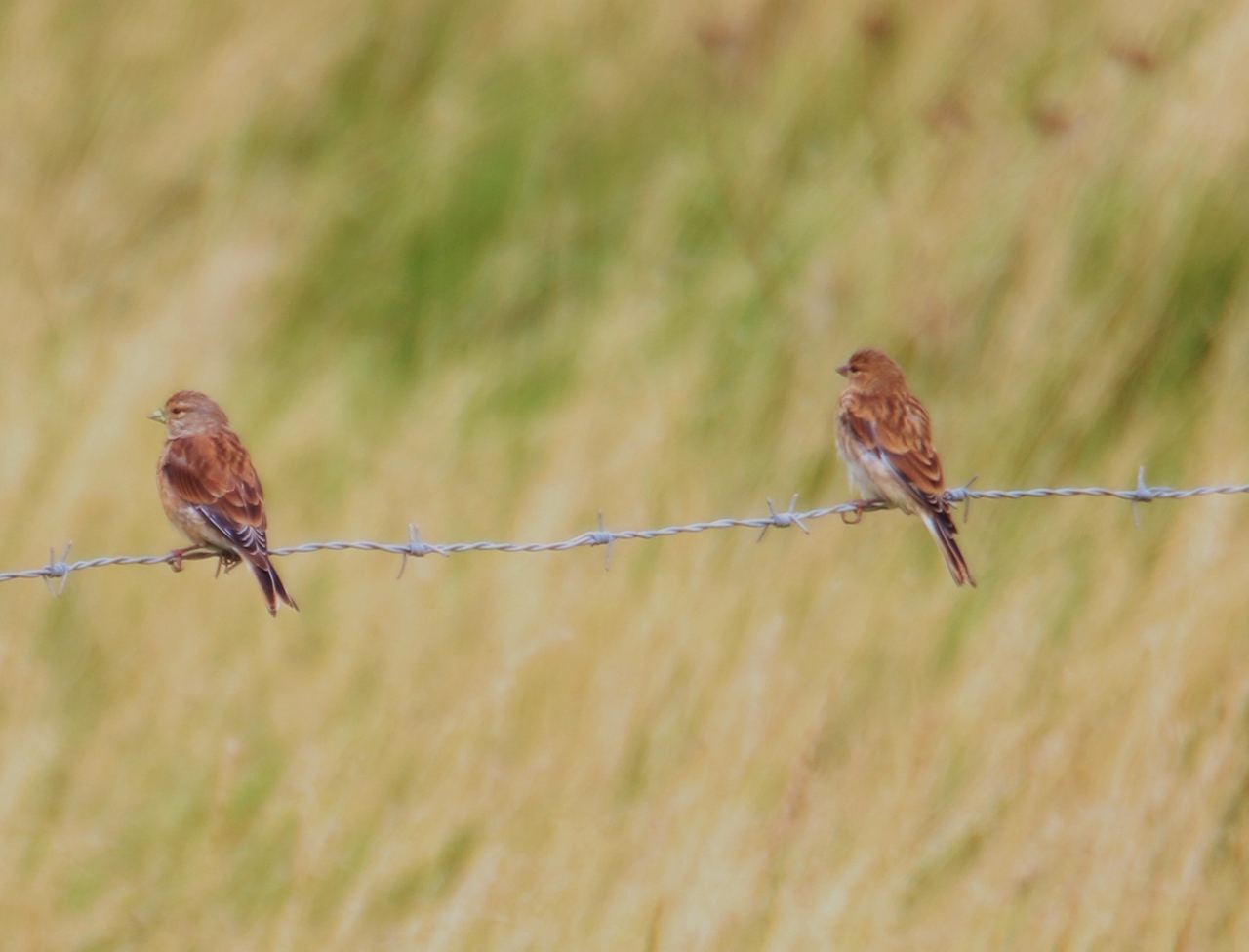
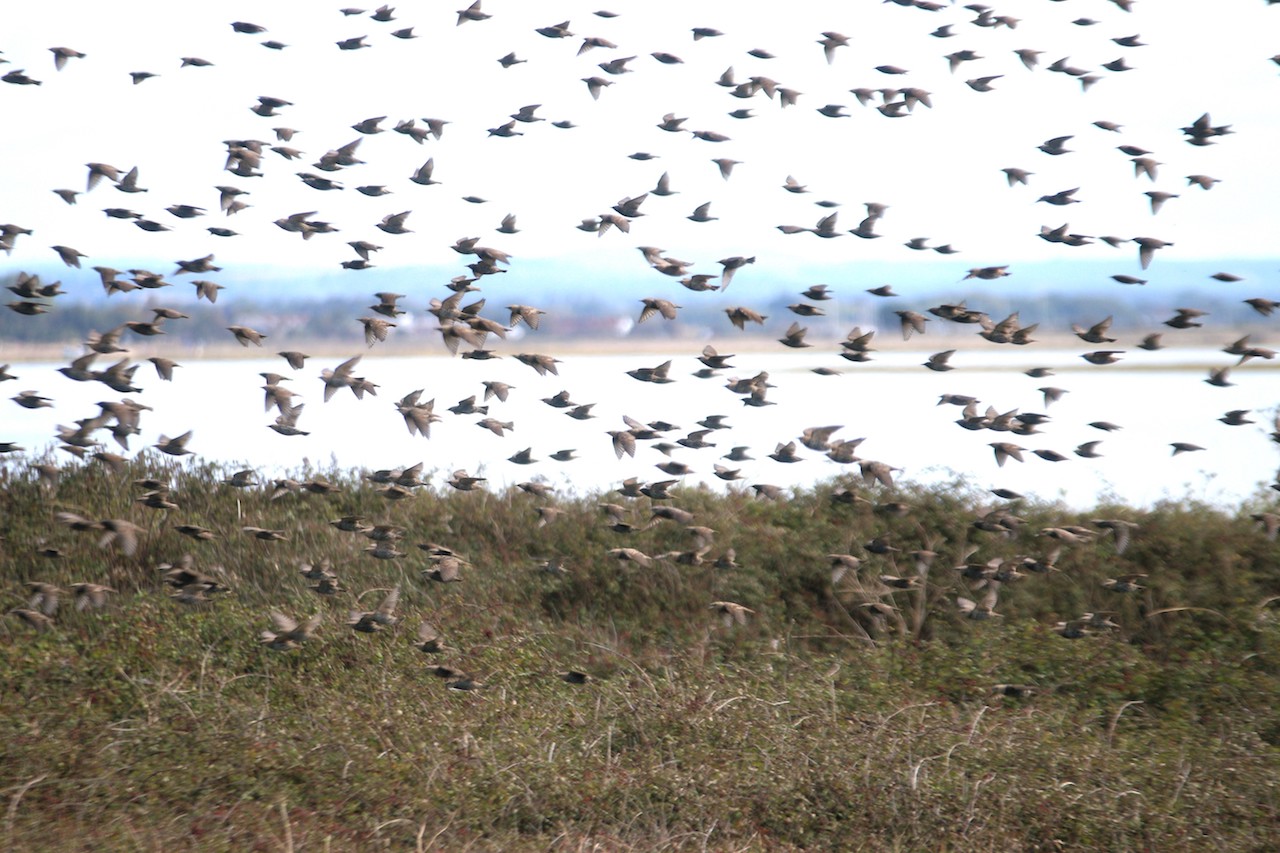
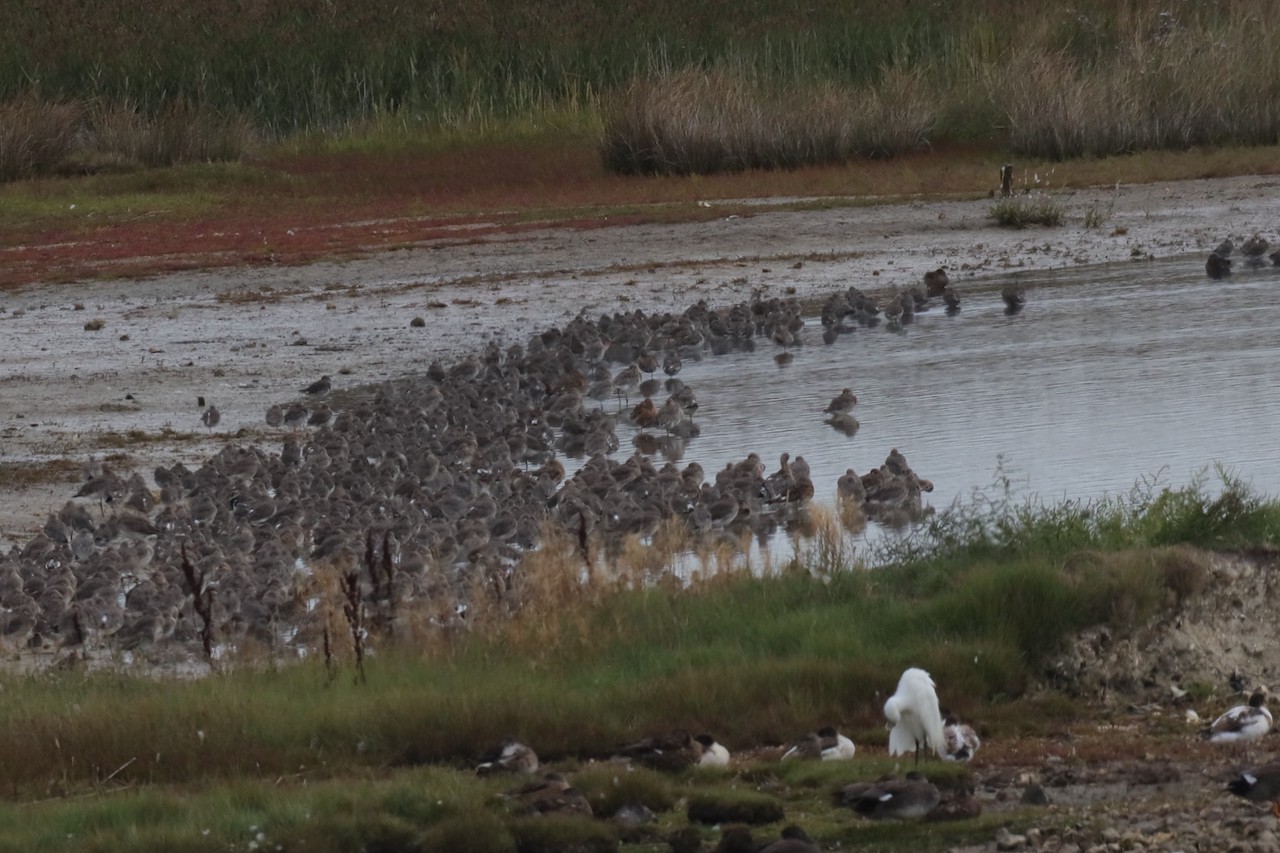
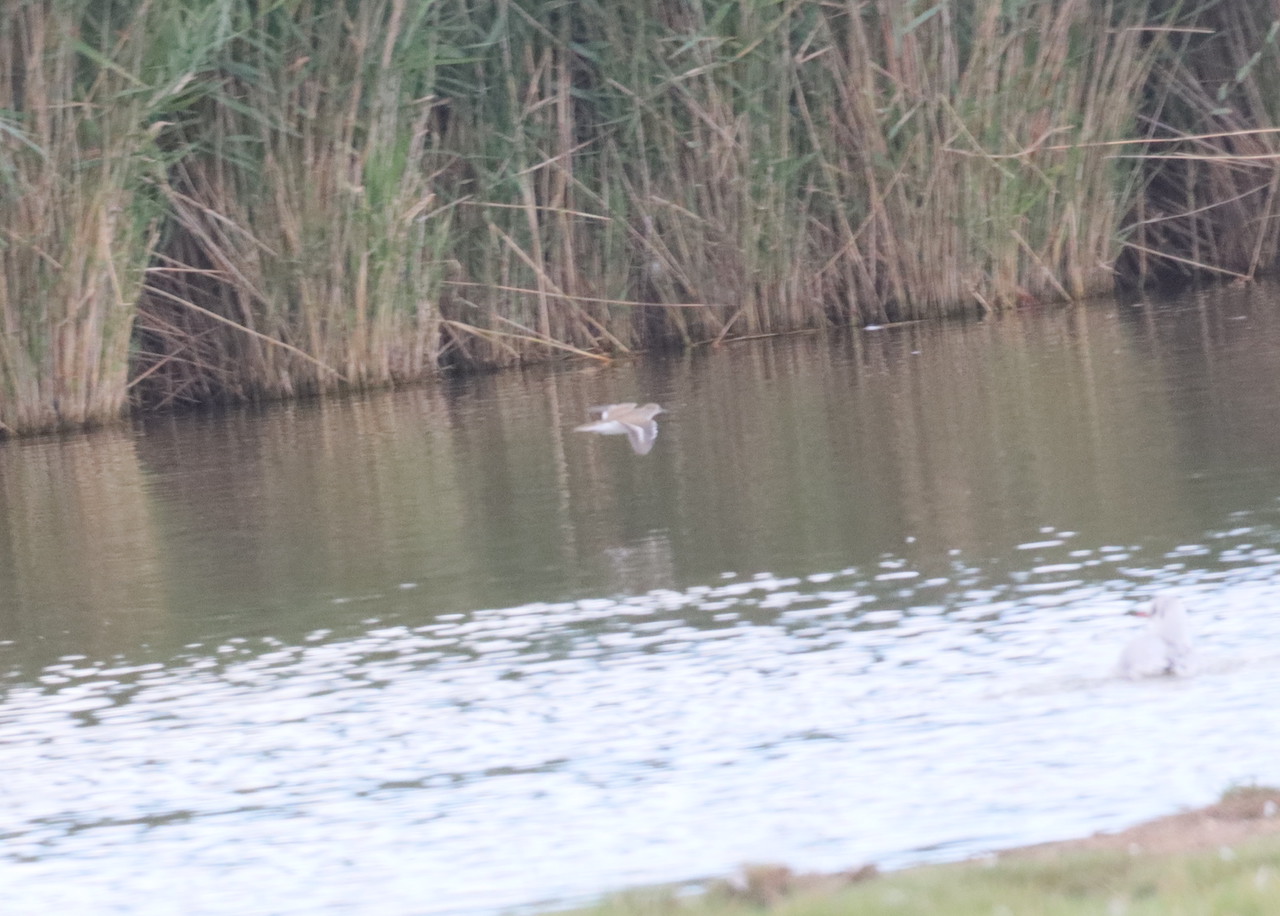

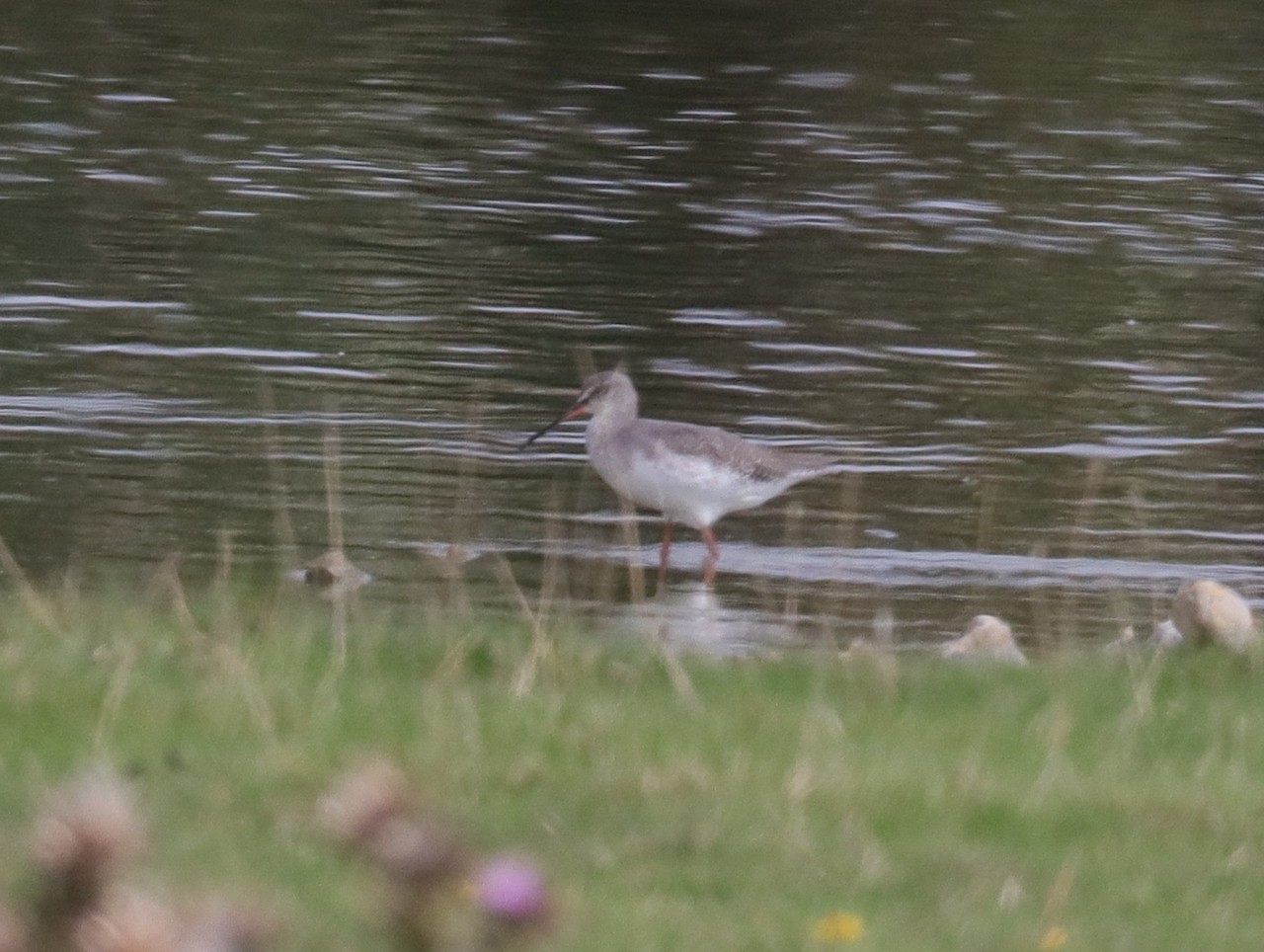
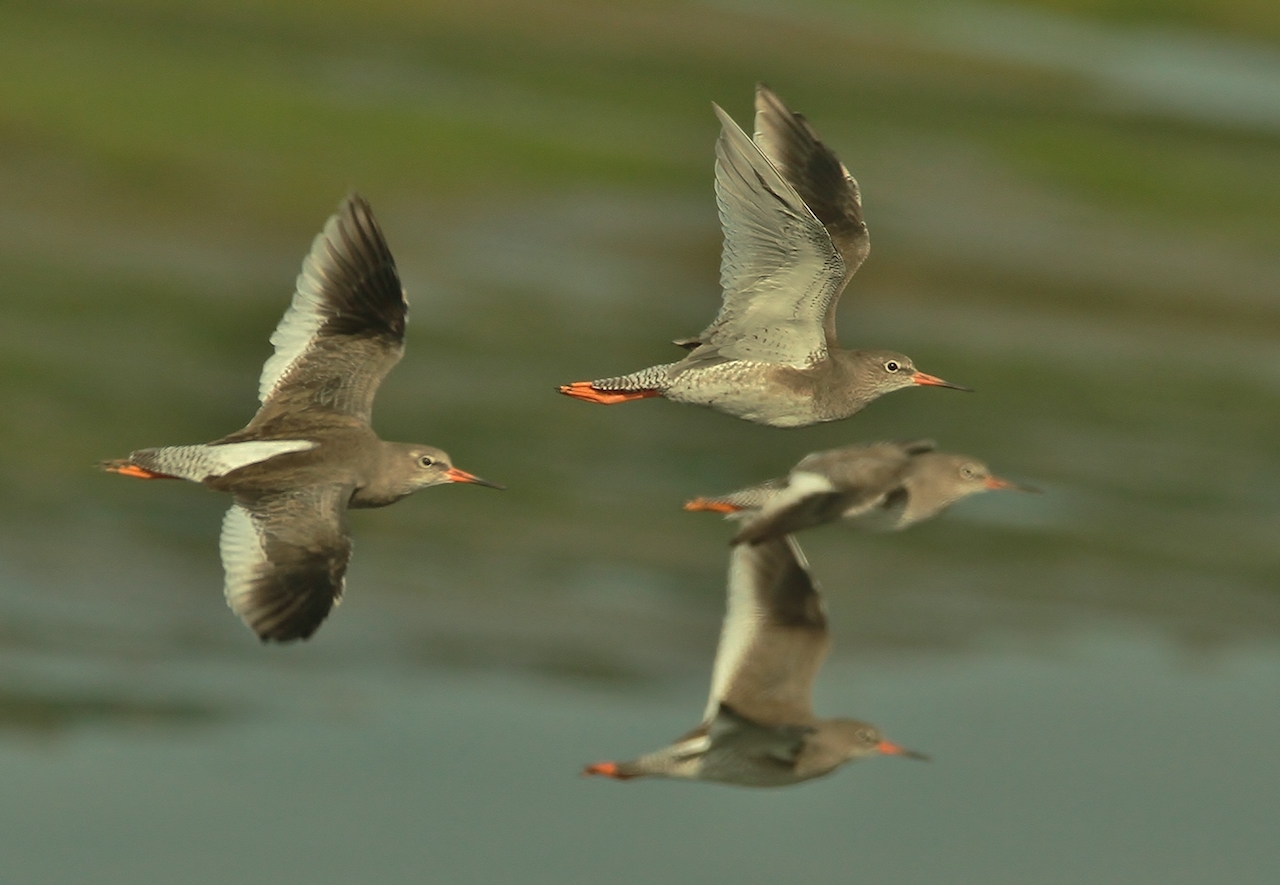
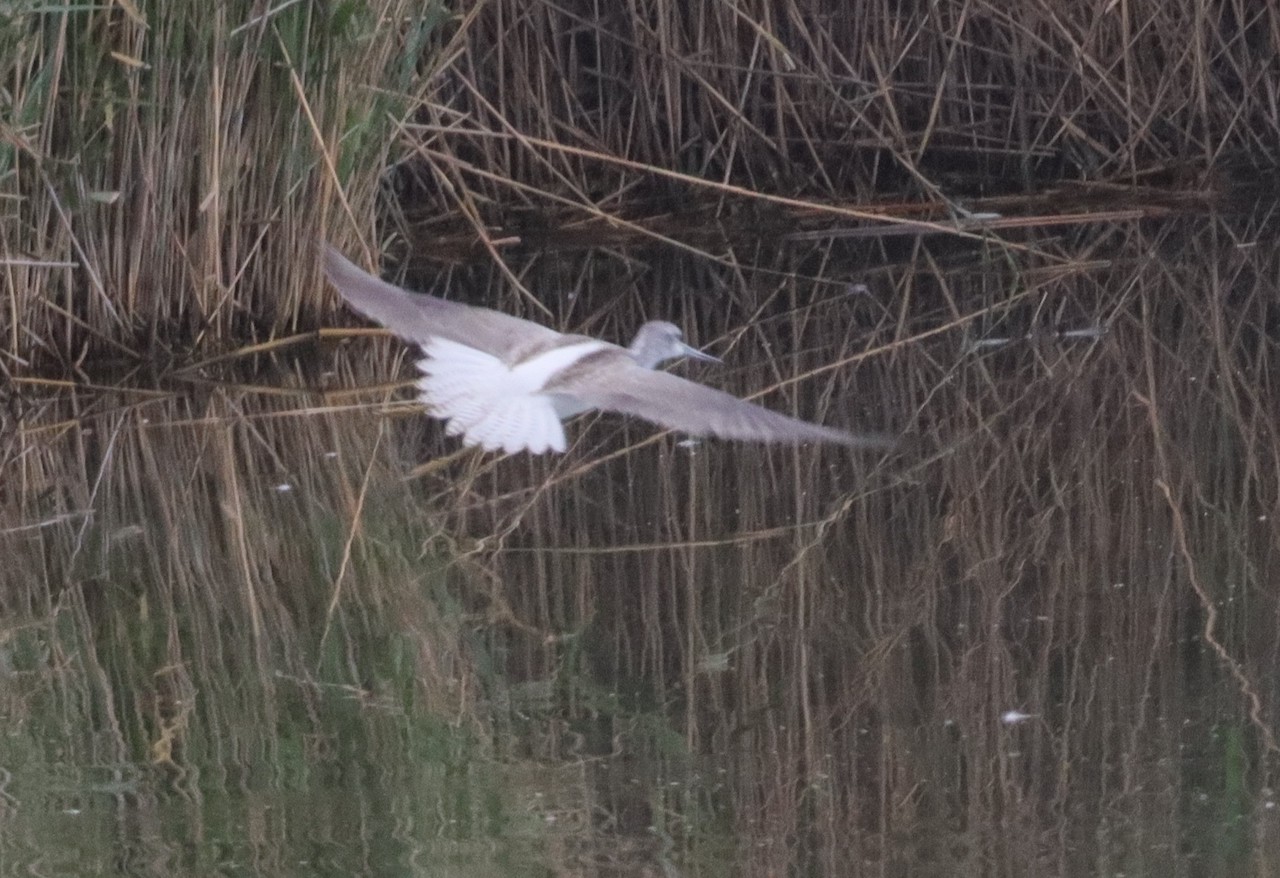
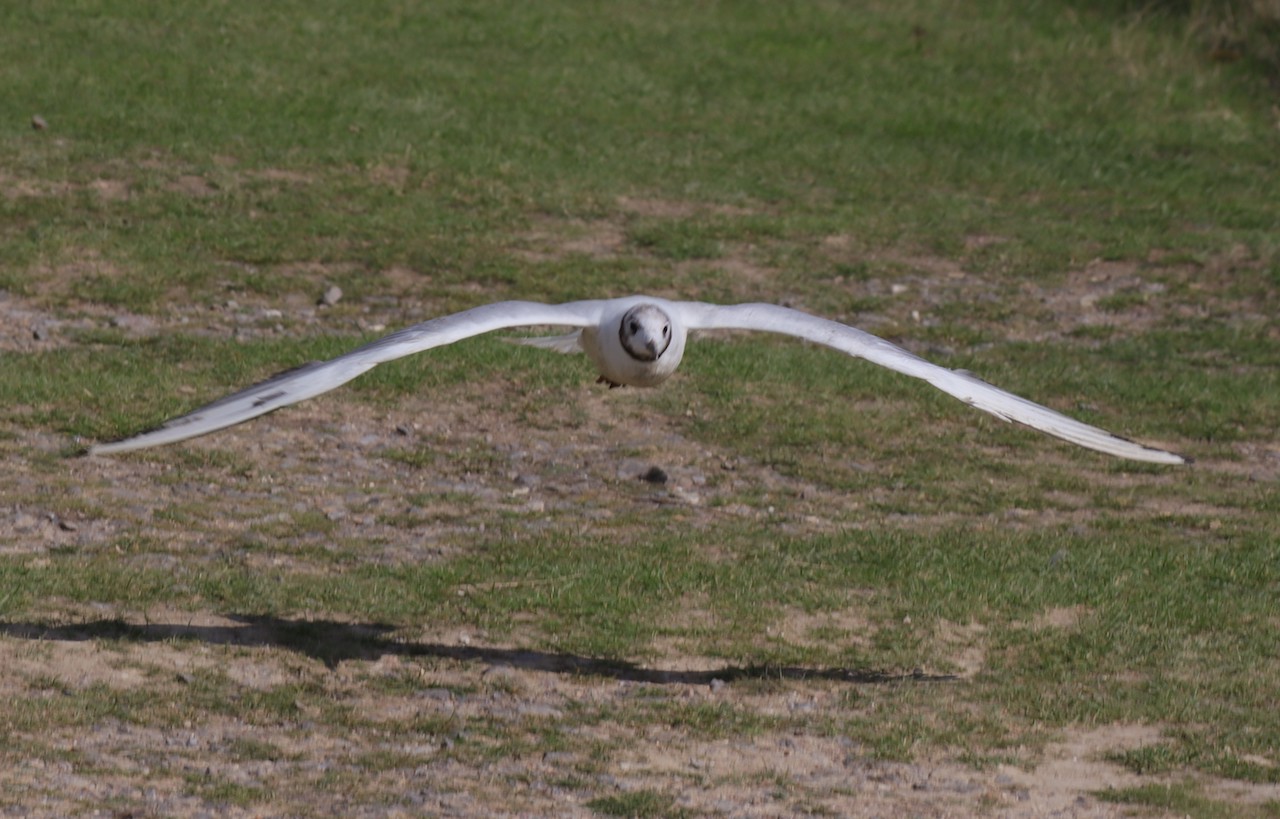
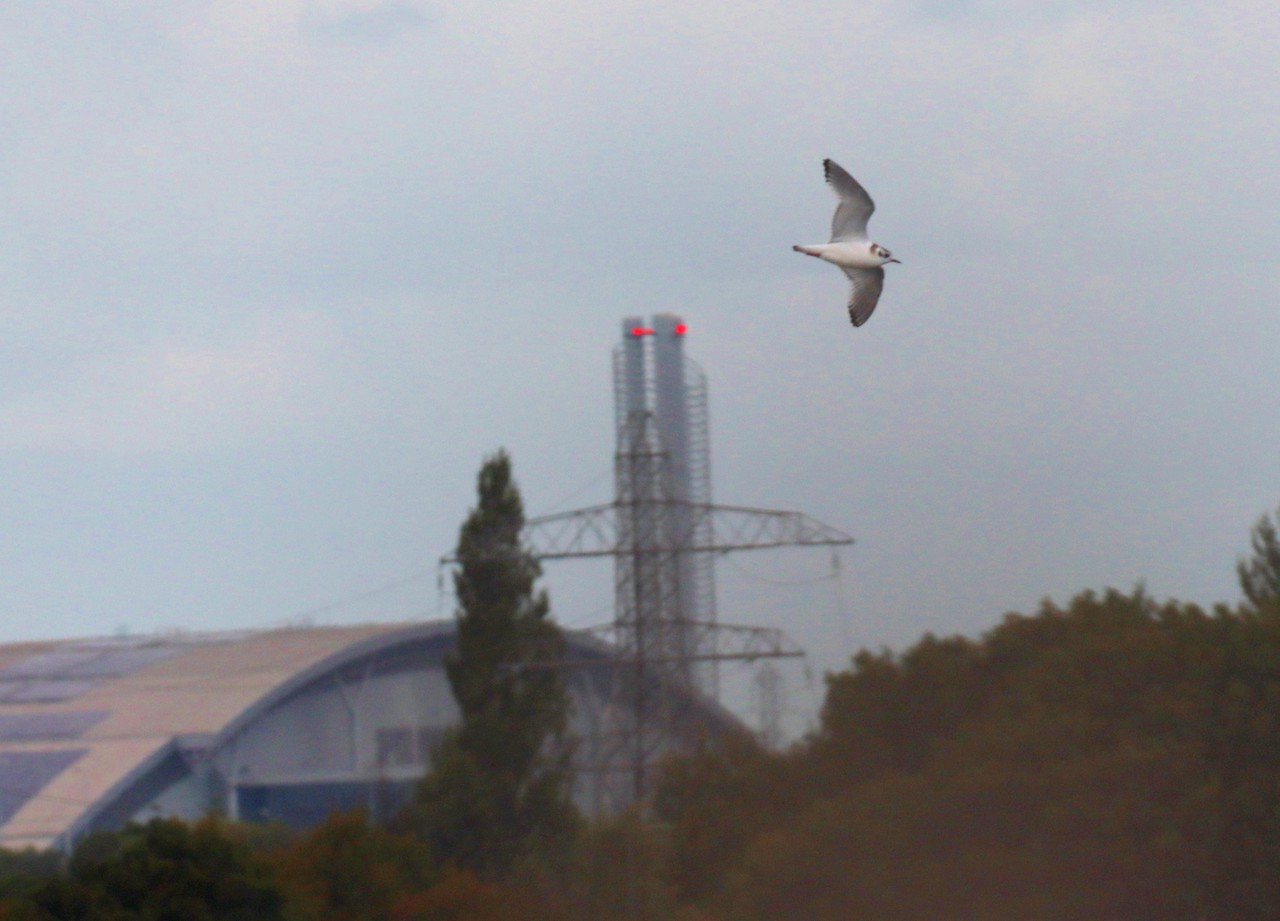
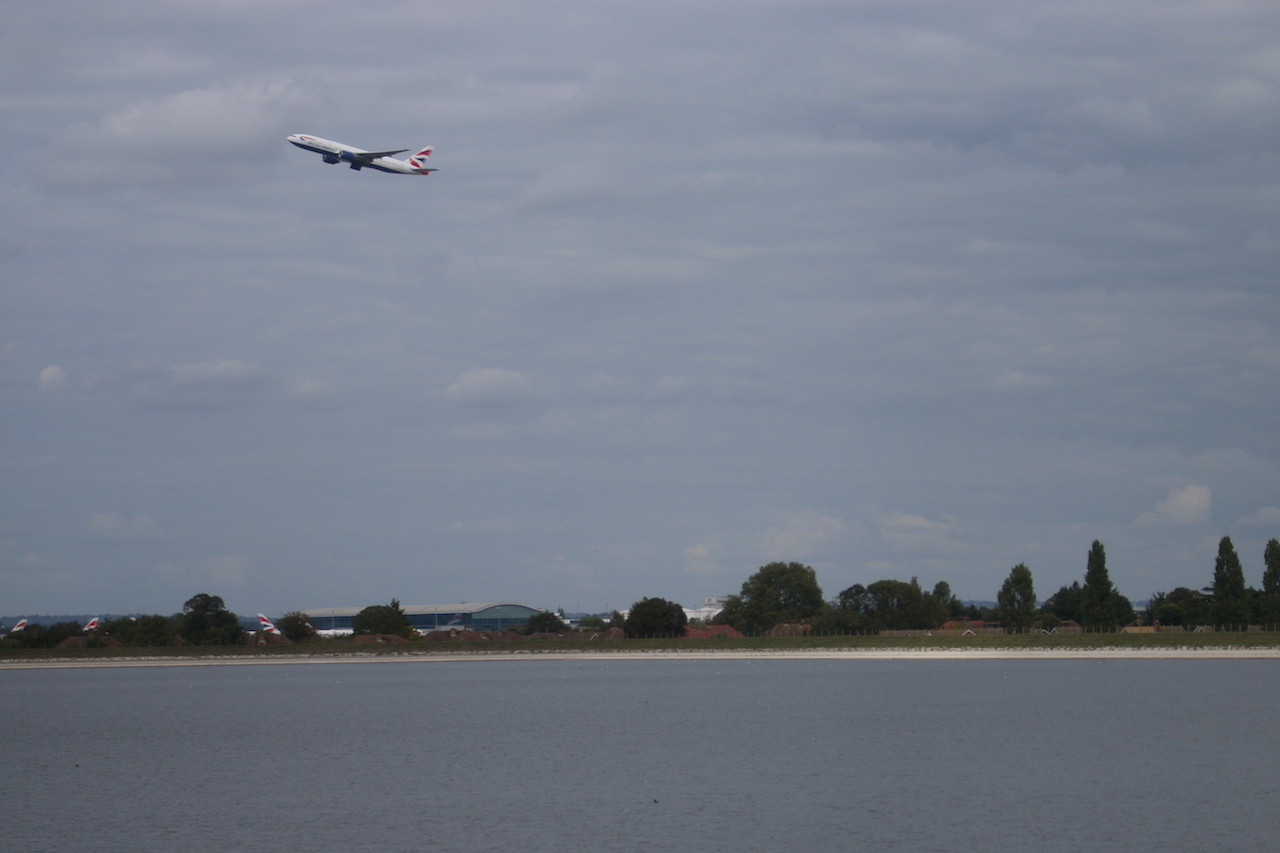
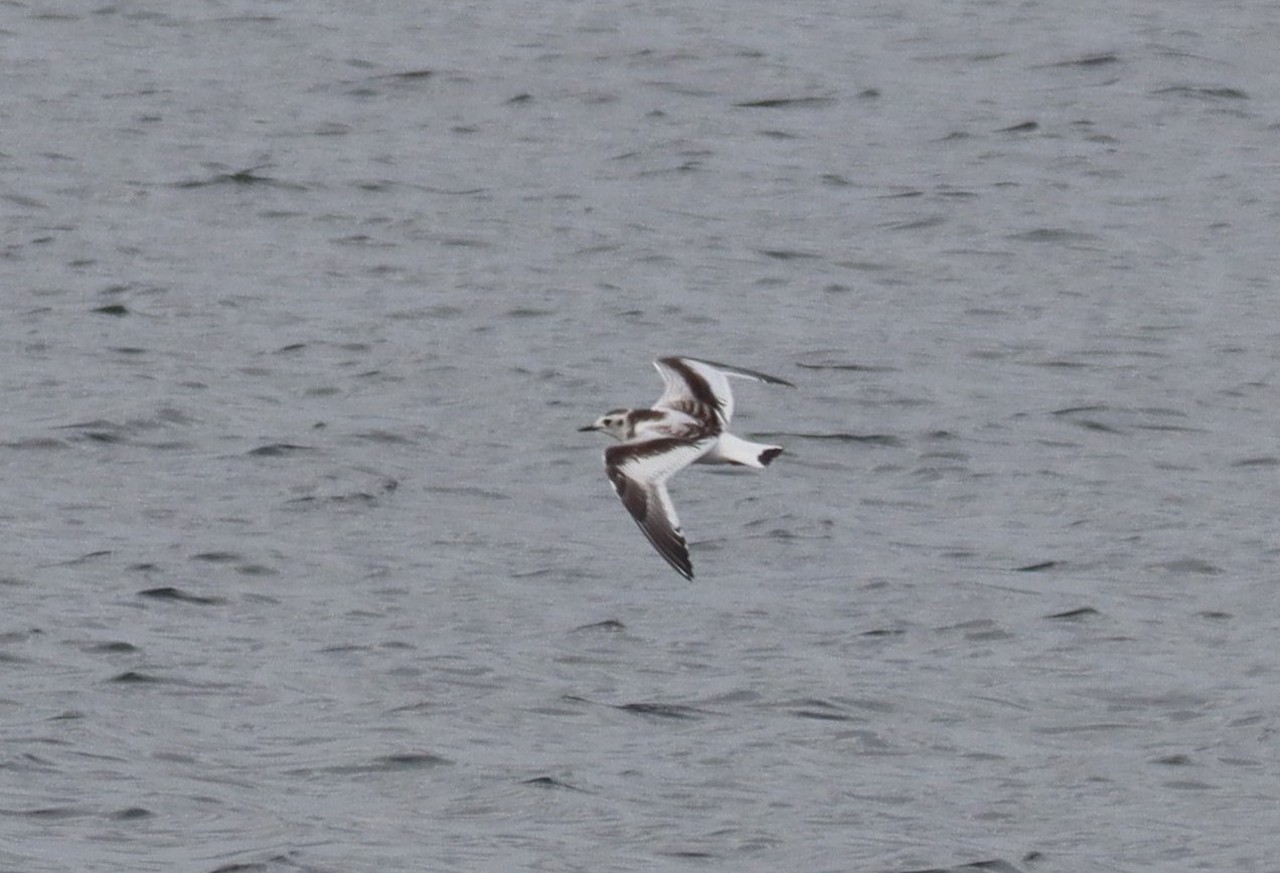
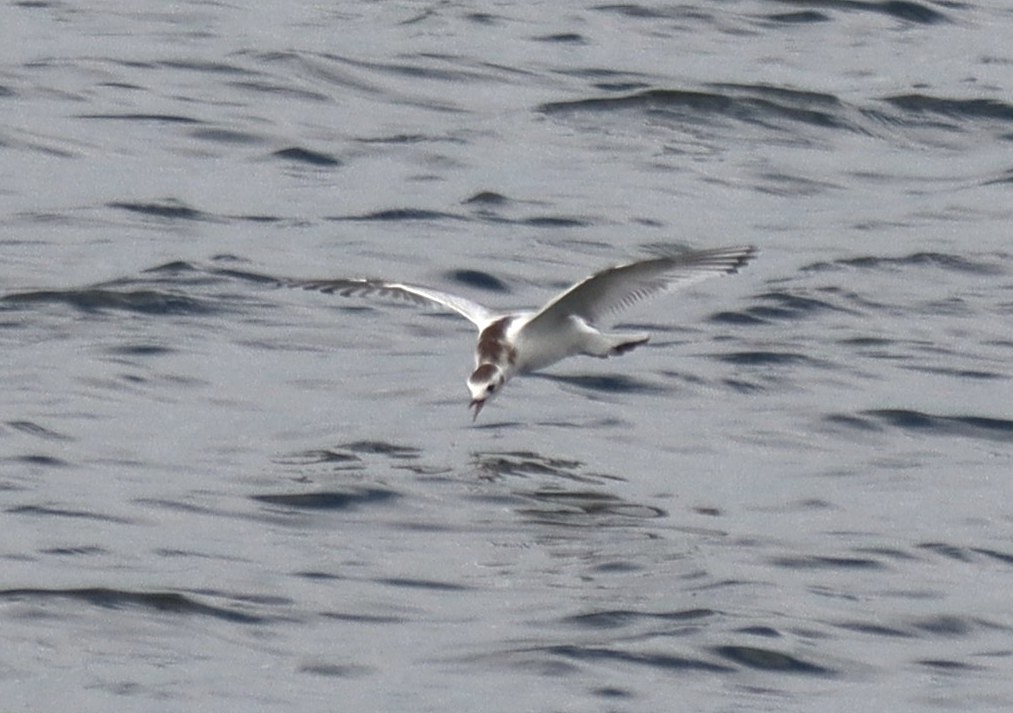
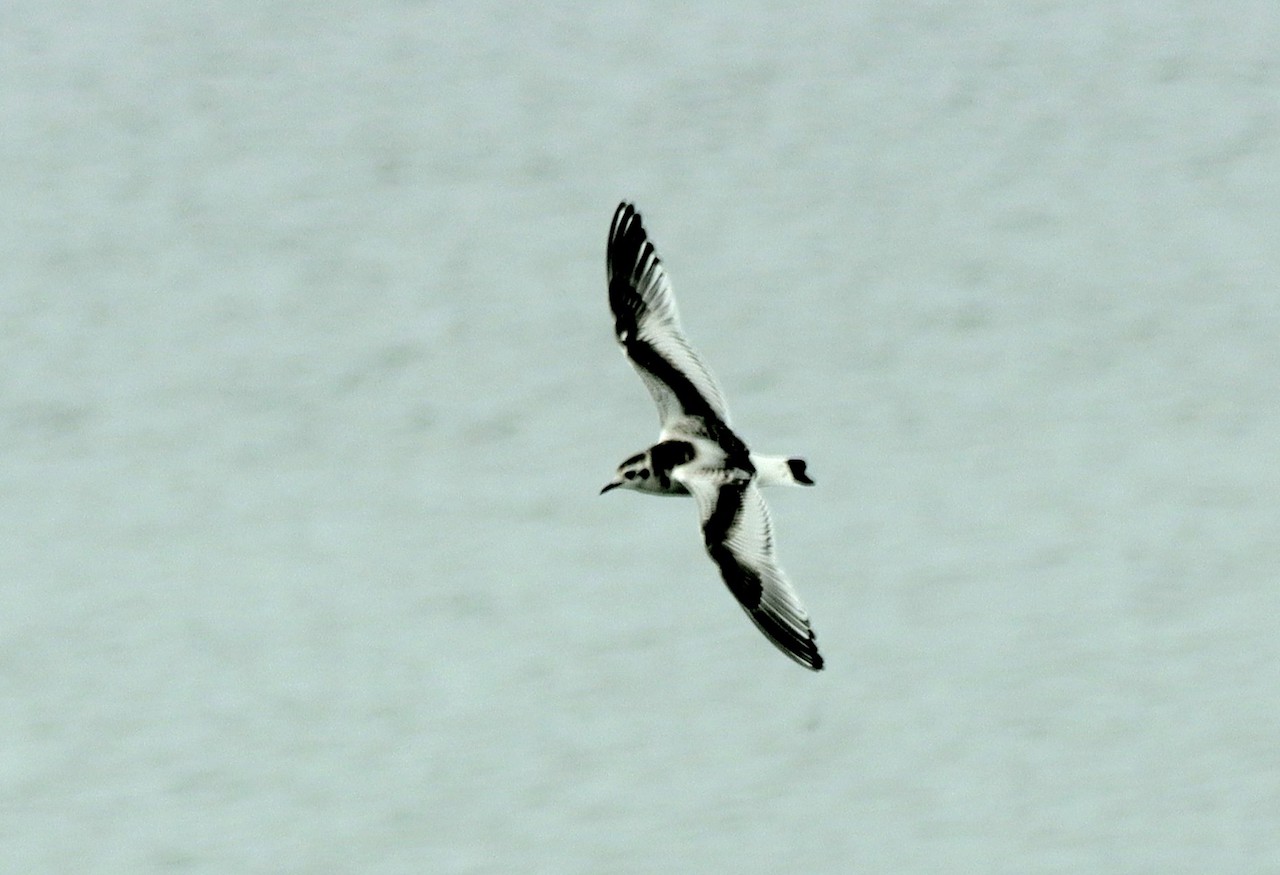
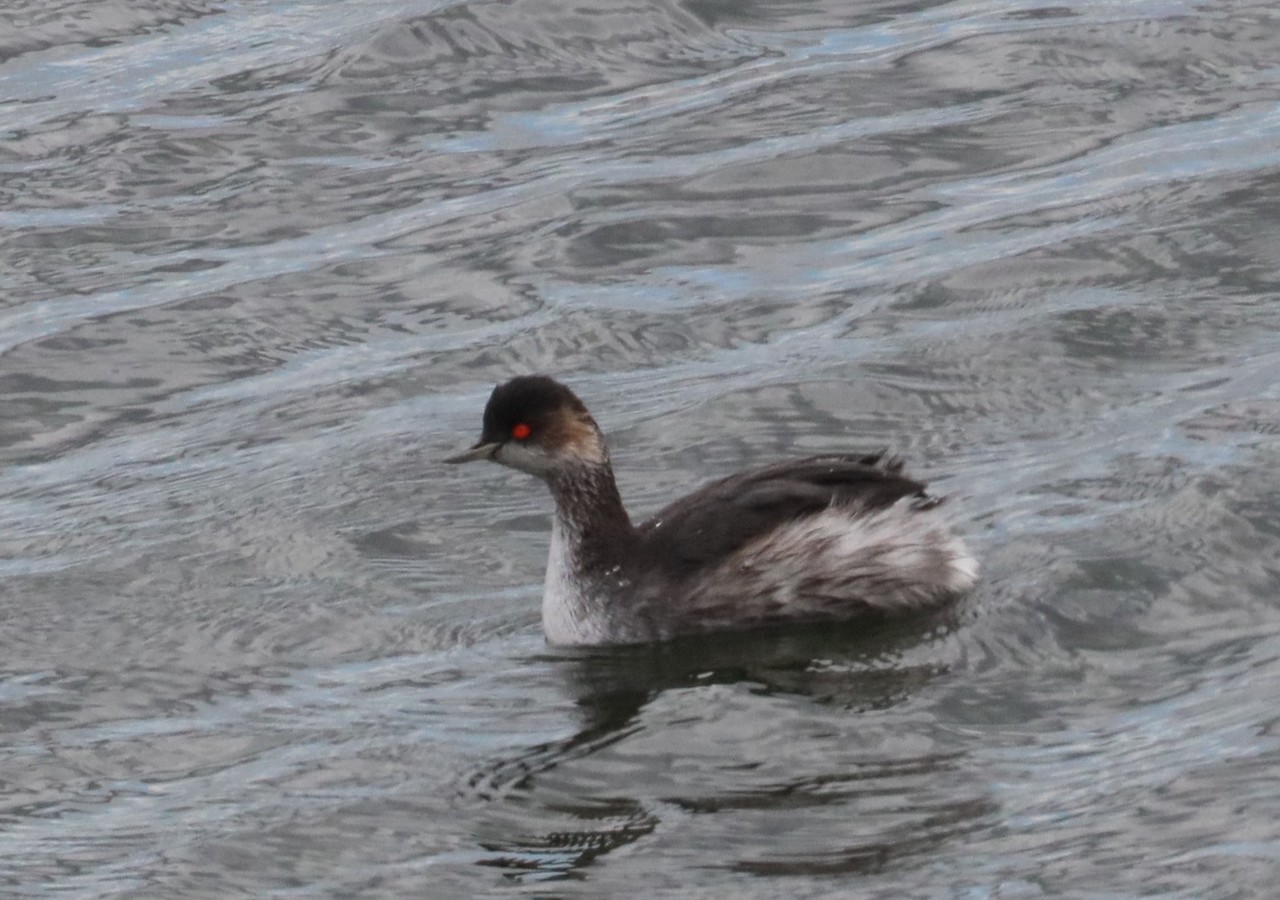

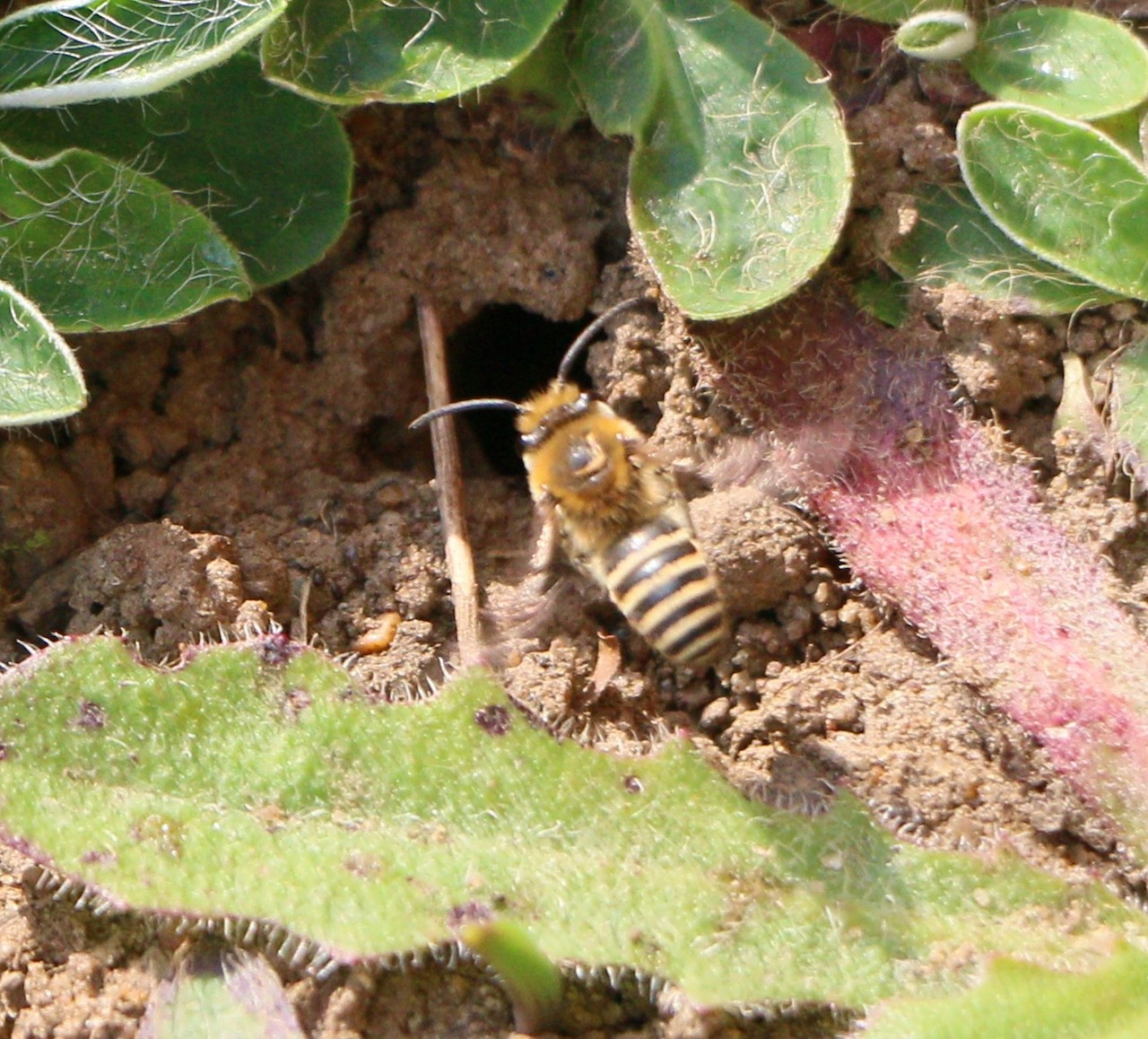
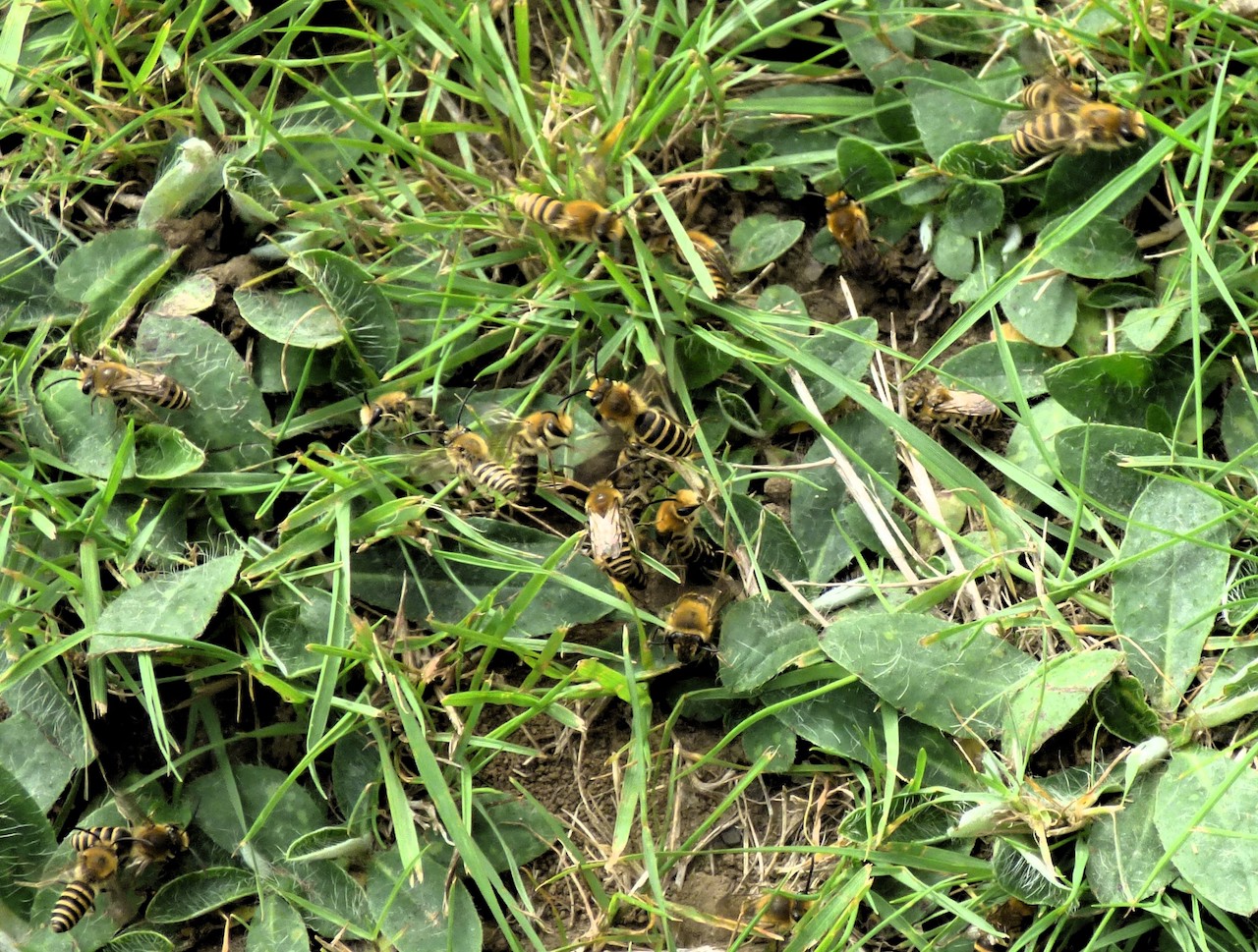
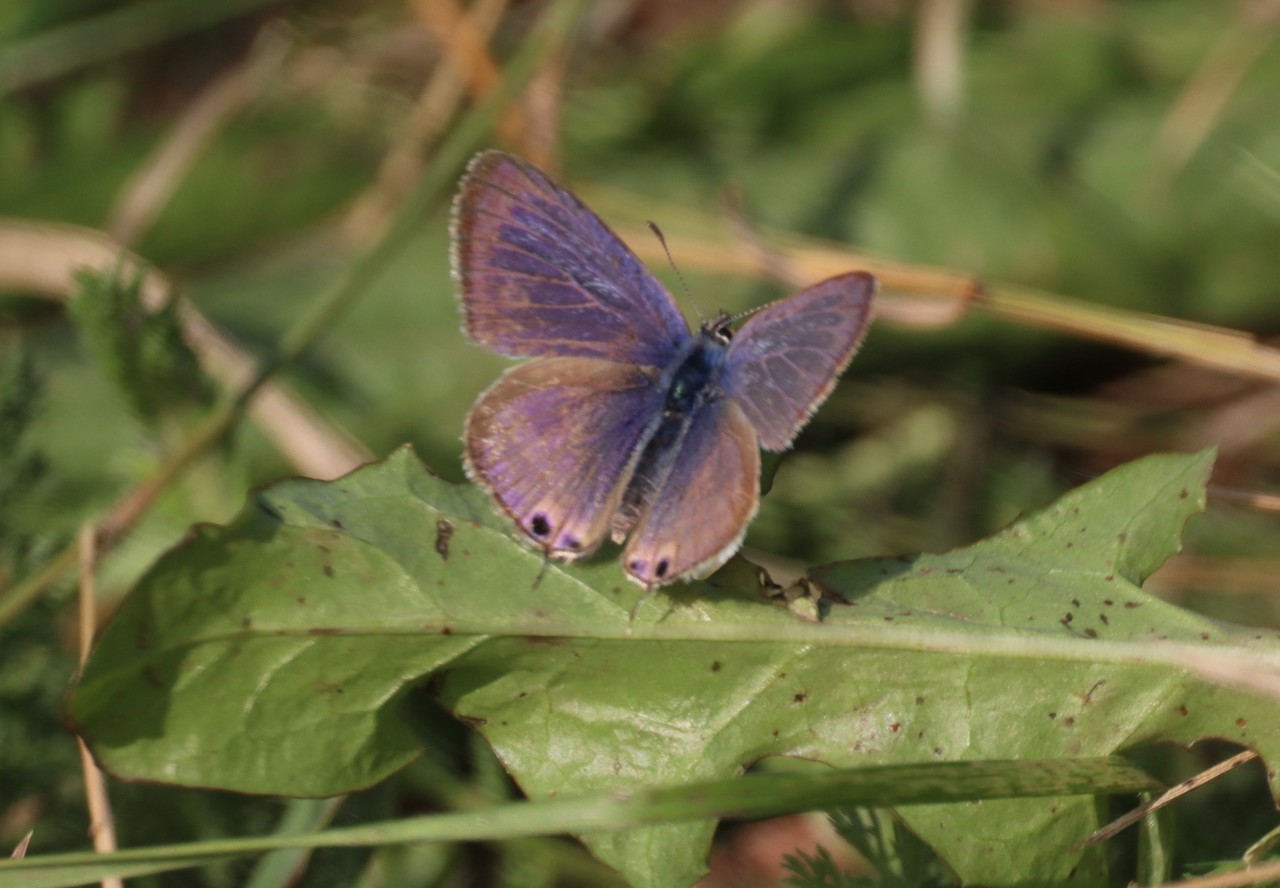
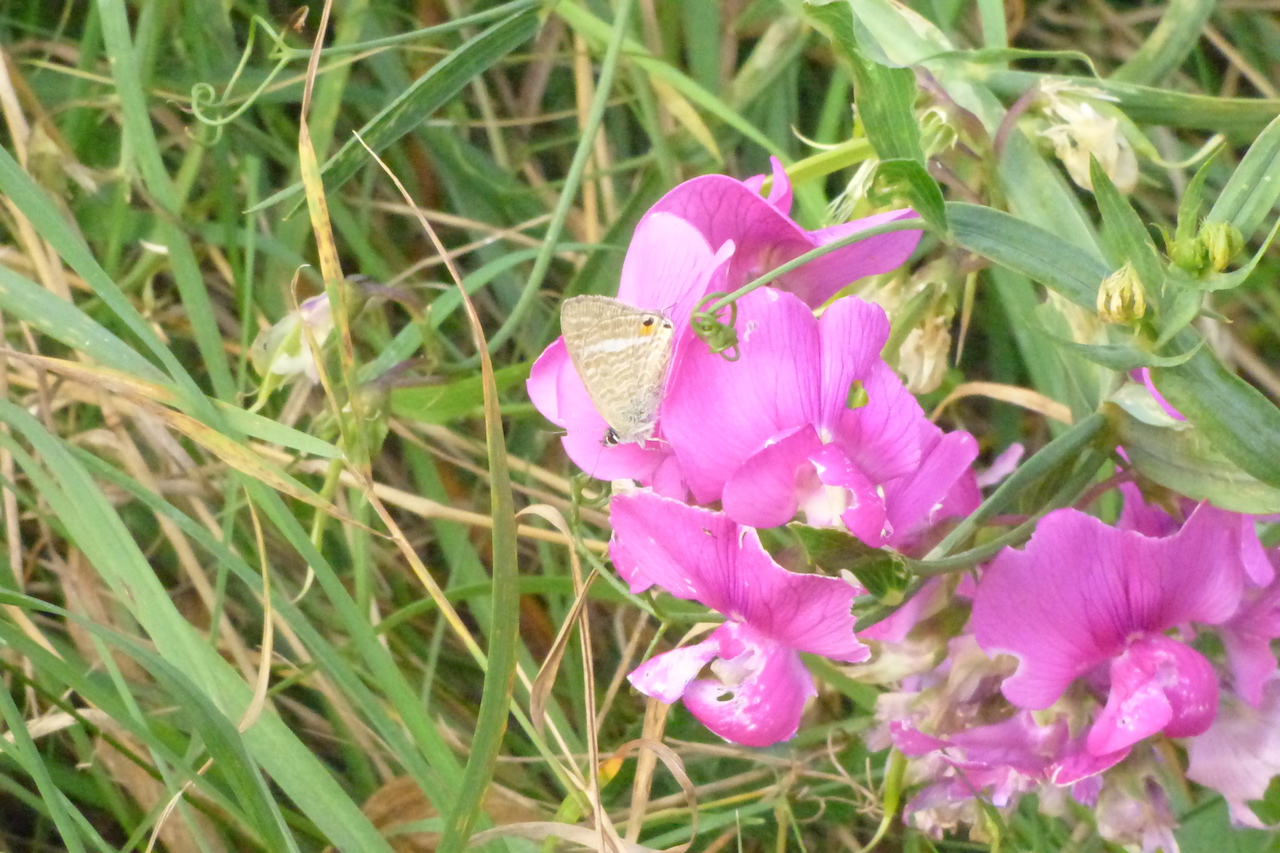
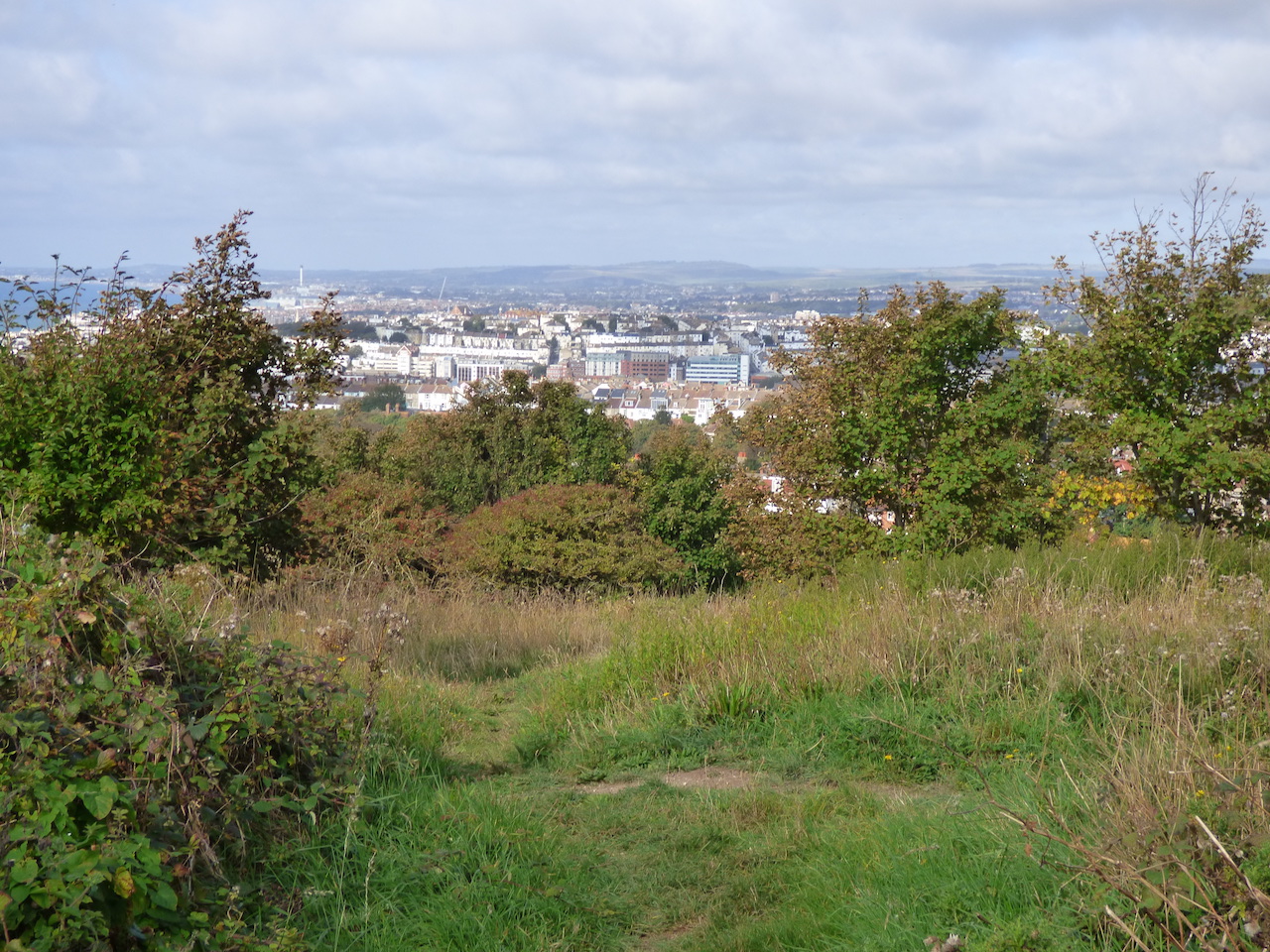
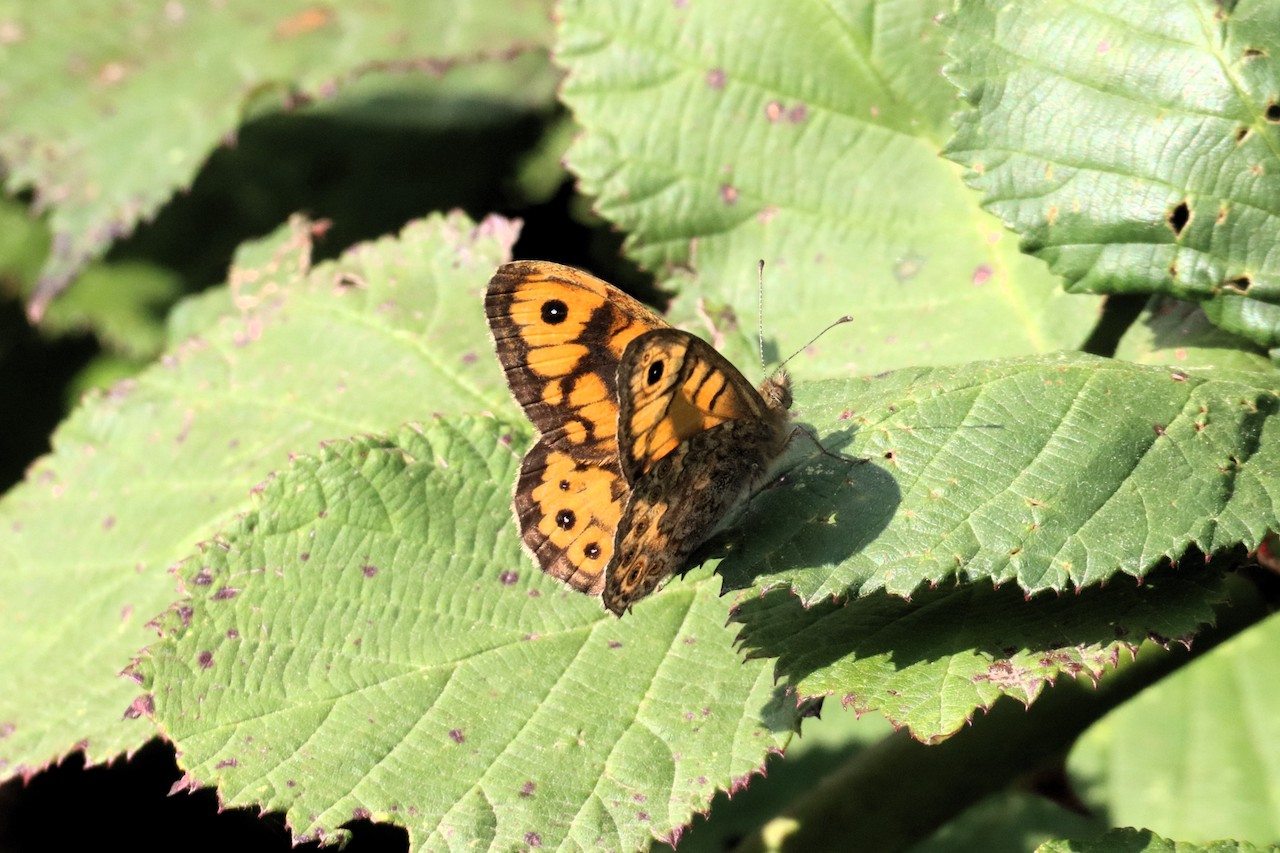






Recent Comments